Freestanding bathtubs have their visual focus, and the freestanding tub faucet that matches it not only determines whether the water flows smoothly and splashes, but also directly affects the comfort and safety of daily use. If it is installed too high, the water drop will be significant, and the splashing will be severe. If it is installed too low, it will be awkward to operate, inconvenient to clean, and may even prevent a smooth passage across the bathtub edge. This article will provide a systematic explanation of how to measure, calculate, and determine the correct installation height of a freestanding bathtub faucet from the consumer's perspective, along with a concise table as a quick reference to facilitate more efficient and confident communication with designers and installers.
1. First, figure out what "height" refers to
Talking about "installation height", it usually includes the following key reference points (the names of different brands may be slightly different, but the logic is the same):
Overall Height of Faucet Body (Overall Height): The distance from the ground to the highest point of the faucet.
Spout Height / Outlet Height: The height from the ground to the centre of the outlet.
Spout-to-Rim Clearance: The vertical distance between the spout and the top edge of the bathtub.
Handle/Lever Height: The goal is comfortable operation, typically related to the user's natural hand height when standing.
Handheld showerhead mounting height (if applicable): It should be easy to take on and off, and avoid the pipe dragging against the bathtub edge.
2. Three basic dimensions to determine your "installation elevation range"
① Bathtub rim height
The standard rim height of a free-standing bathtub is approximately 22-24 inches (about 560-610 mm); deeper soaking tubs may be taller. Measure your actual bathtub accurately, and don't use "standard values" instead of real data.
② Expected Spout-to-Rim Clearance
To prevent water flow from touching the edge, splashing, or interfering with the edge of the bathtub, it is generally recommended that the spout be 6-10 inches (approximately 150-250 mm) higher than the bathtub's edge.
Ø Too low: easy to touch the edge, inconvenient to operate;
Ø Too high: significant drop, obvious splashing, and louder noise.
③ Ergonomics
It is generally recommended that the handle operation position is between about 28-36 inches (710-915 mm)** from the ground (based on an adult with a height of 160-185 cm). Ensure that you can control the hot and cold and flow rate naturally when standing, without bending or raising your hands excessively.
3. A "quick estimation method" that you can directly apply
Steps:
Measure the height of the bathtub edge (for example, 23").
Select the height of the "spout above the edge" you want (for example, 8").
23" (edge) + 8" (raised) = 31" (spout height is about 31").
Then, confirm the fixed height of the faucet spout relative to the bottom of the faucet (ground) according to the spec sheet provided by the faucet brand, and verify whether the height of the entire machine is suitable.
If the faucet has a handheld shower, check whether the shower fixture is in a reasonable position (generally between 36-48") for easy access.

3. Don't just look at the height: the following six dimensions also determine whether it is "installed correctly"
① Spout "Horizontal Distance" (Spout Reach): Make sure that the water flow can fall smoothly into the bathtub and not touch the edge. Standard 7-10 inches (about 180-250 mm), depending on the distance between the edge of the bathtub and the centerline of the faucet.
② Floor structure and pipeline layout: Freestanding faucets typically require piping from the ground. Therefore, the location of the ground opening, the distance between the hot and cold pipes, the location of the fixings, and the load-bearing capacity must be confirmed.
③ Splashing and water sound control: The greater the drop, the more obvious the splash. For deep soaking bathtubs, the height of the water outlet can be appropriately lowered, or an aerator with a bubbler/noise reducer can be selected.
④ Length of handheld shower hose: If it is too short, it cannot cover the inside of the bathtub. If it is too long, it is easy to mop the floor and affect the appearance.
⑤ Maintenance and inspection space: Ensure that the ground cover, fixing flange, and valve core can be disassembled for maintenance, especially for embedded base structures.
⑥ Brand installation specifications: Different brands may have different requirements for base fixing, bolt specifications, water inlet pressure, and valve core height. Be sure to follow the instructions strictly.
5. Brief quick check table
|
Item |
Recommended Measurement |
|
Distance from Floor to Spout |
33 – 42 inches (approx.) |
|
Clearance Above Tub Rim |
6 – 10 inches |
|
Faucet Height (Total) |
36 – 48 inches (depending on tub) |
|
Ideal Placement from Tub Edge |
2 – 4 inches |
6. Common "wrong installation" scenarios and solutions
Scenario 1: The faucet height is just flush with the edge of the bathtub
Problem: Water easily flows along the edge, splashes, and is inconvenient to operate.
Solution: The water outlet is at least 6 inches above the edge of the container.
Scenario 2: The faucet is too high, the water is loud, and the water splashes
Problem: The drop is too significant, affecting the overall experience.
Solution: Lower the faucet appropriately or consider using a bubbler or diverter to minimise the impact.
Scenario 3: The handle is too low, and you have to bend over to adjust the water temperature
Problem: Long-term use is uncomfortable and may cause water to splash out of the bathtub.
Solution: The handle height is within the natural reach of standing (about 28-36 inches).
7. The "data package" you should prepare before installation
Gather the following information and hand it over to the installer; communication efficiency will be higher, and the error rate will be lower:
² Bathtub model and edge height
² Expected height difference of the water outlet above the edge (such as 8")
² Your acceptable range of handle operation height (such as 30-34")
² Whether the handheld shower needs a fixed seat and the expected position
² The reserved centre distance, water outlet direction, and pipe diameter of the hot and cold water pipes on the ground
² The installation instructions of the faucet brand (rough-in guide/spec sheet)
8. Summary
There is no universal standard when choosing the installation height of a free-standing bathtub faucet. The key is to make personalised adjustments based on the actual height of the bathtub, usage habits, the heights of family members, and the water outlet methods. Reasonable installation not only enhances the comfort of use but also prevents splashing and inconvenient operation. As long as the size is matched correctly, you can achieve the best balance between beauty and practicality, creating a truly comfortable bathing space.

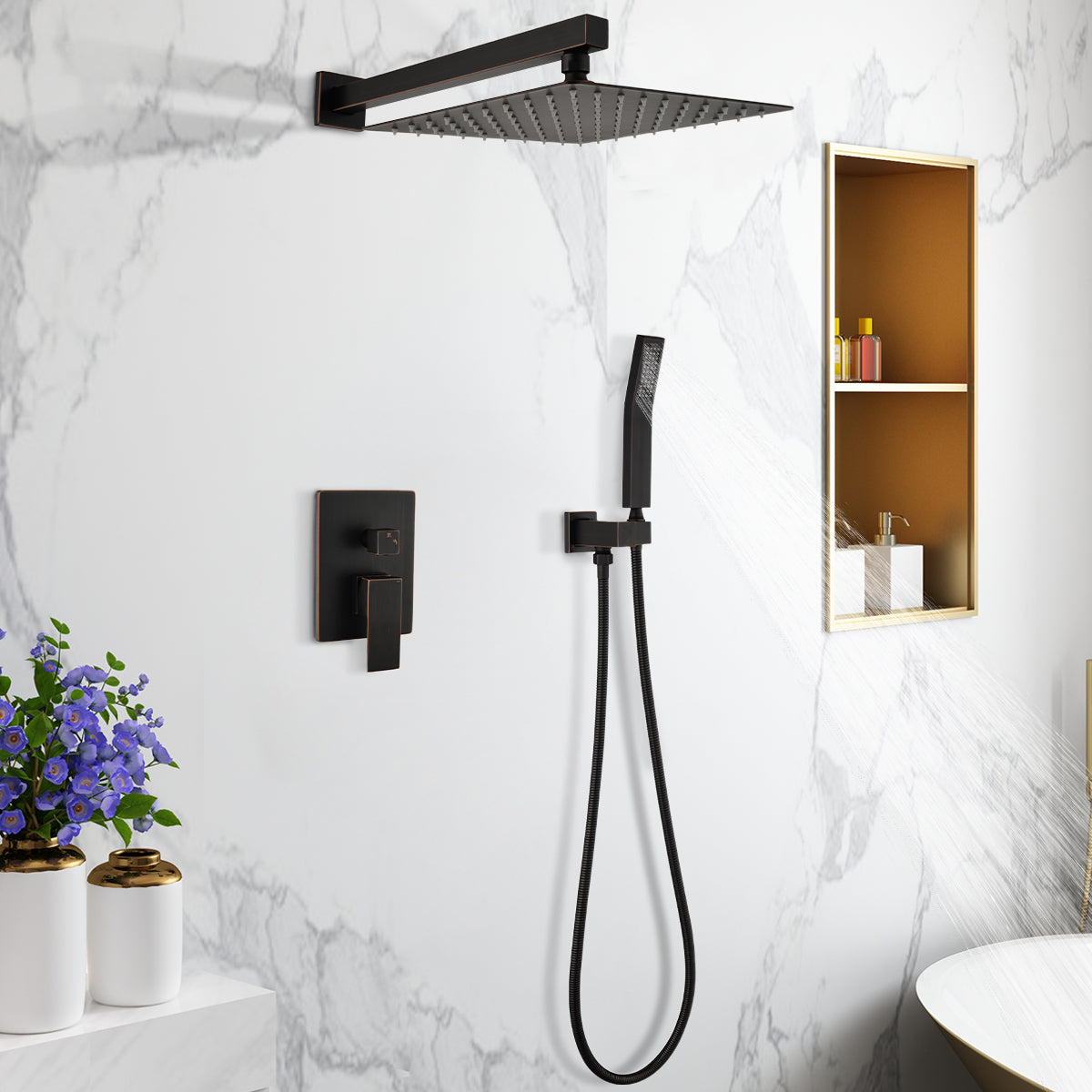
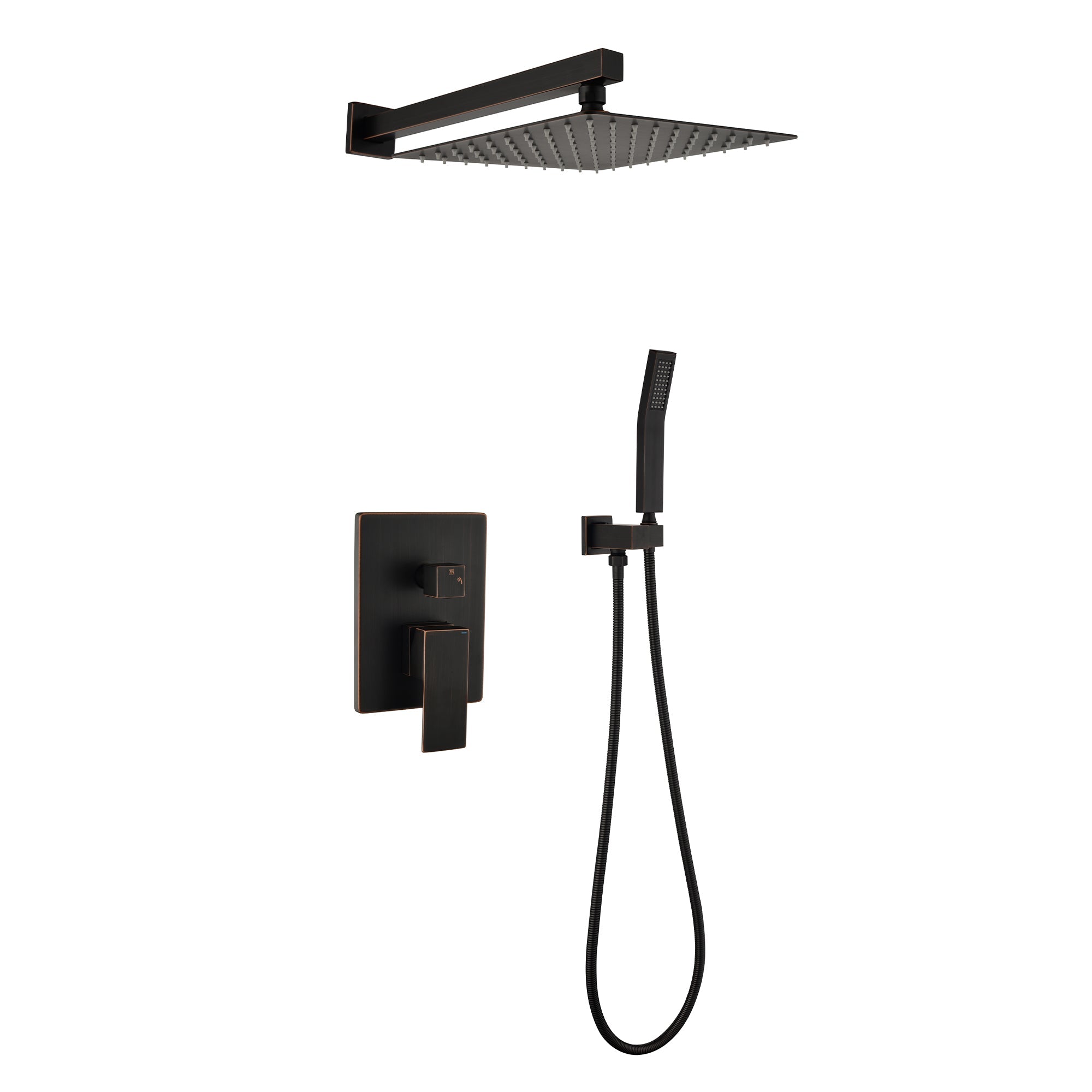


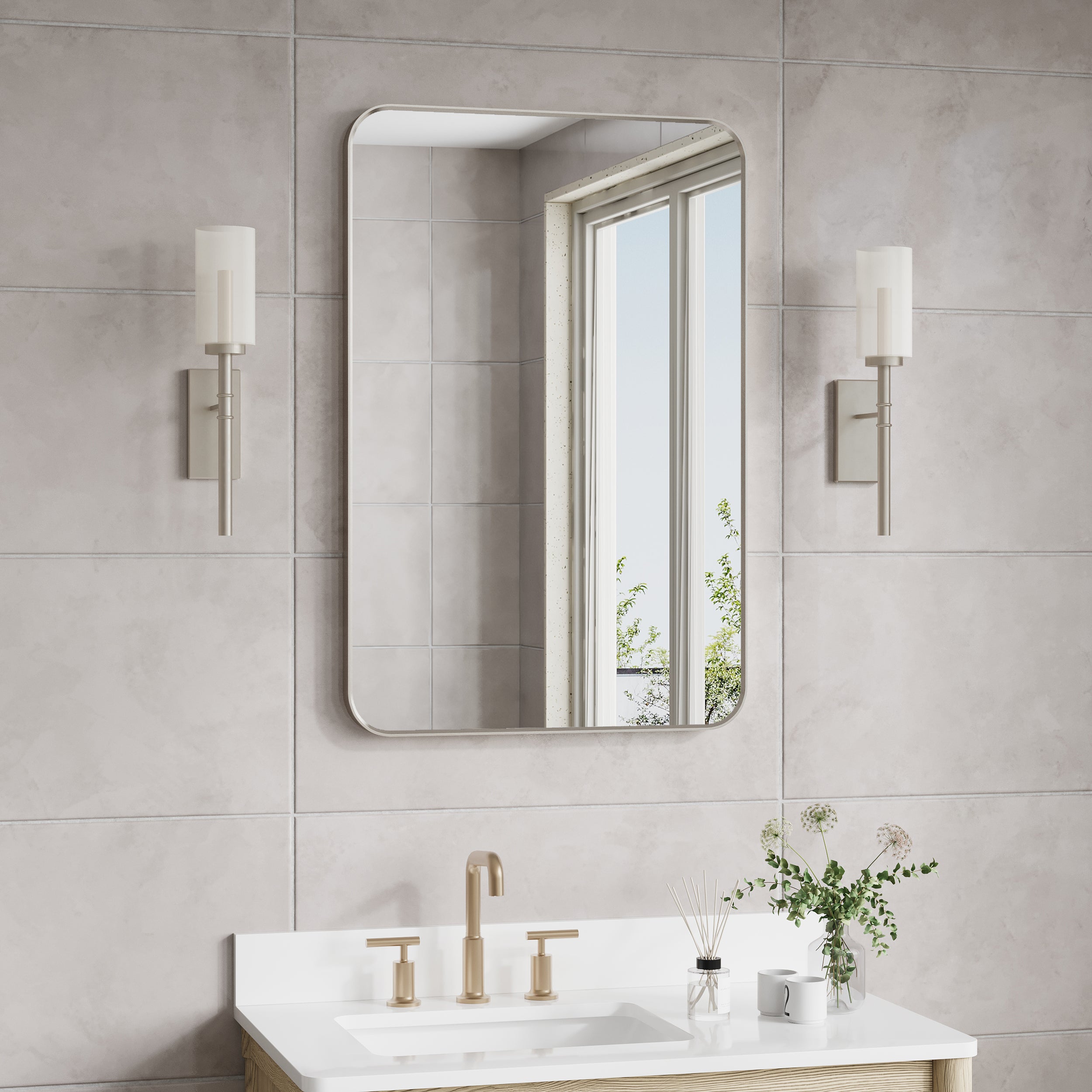
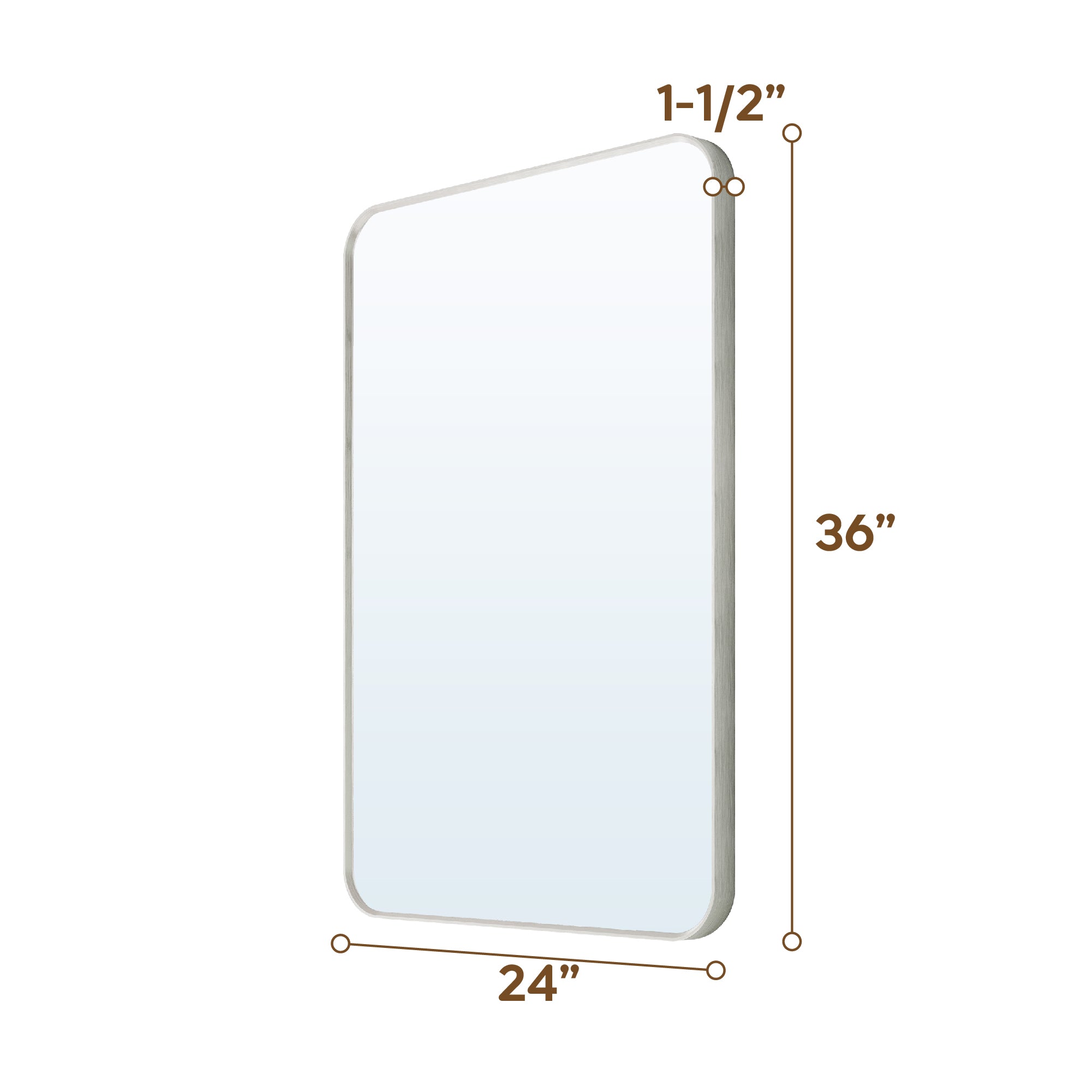

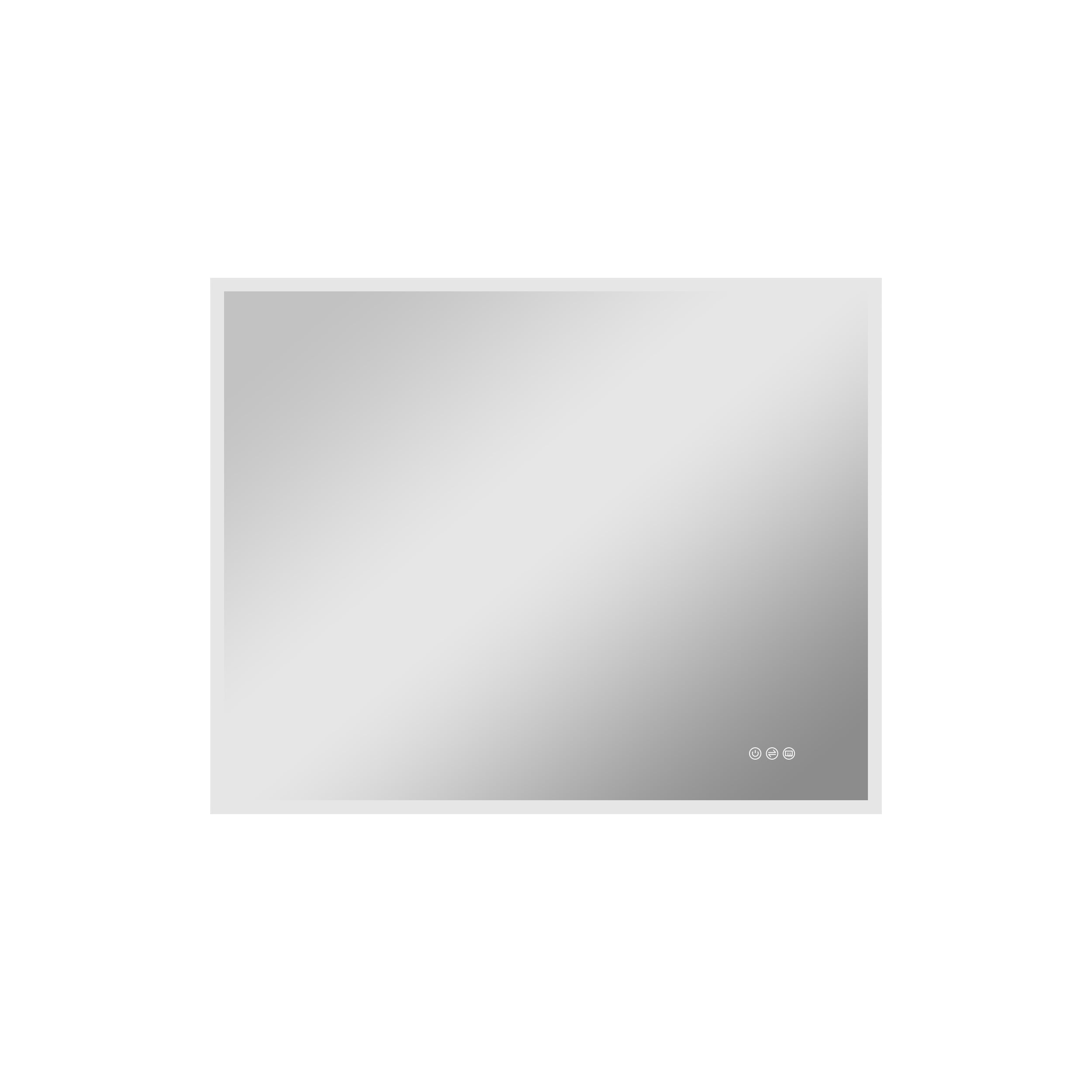
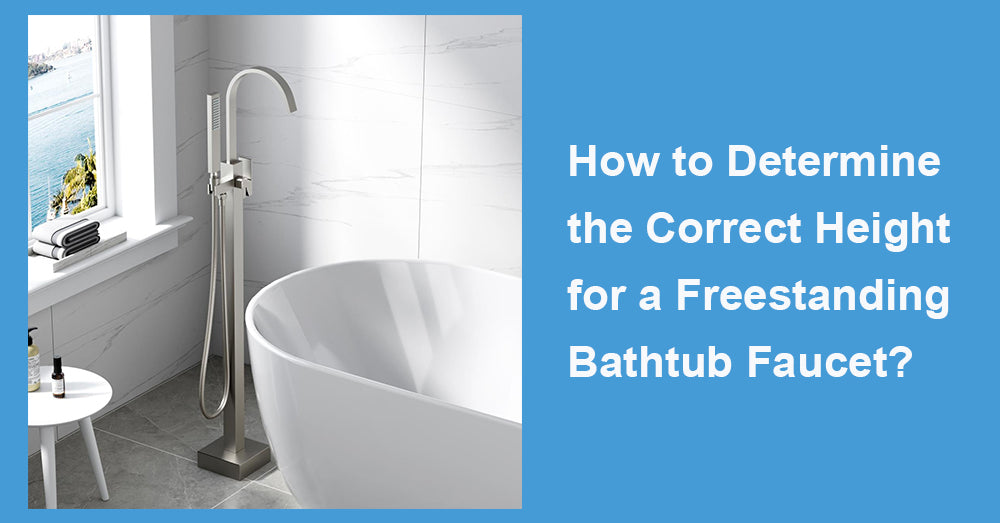
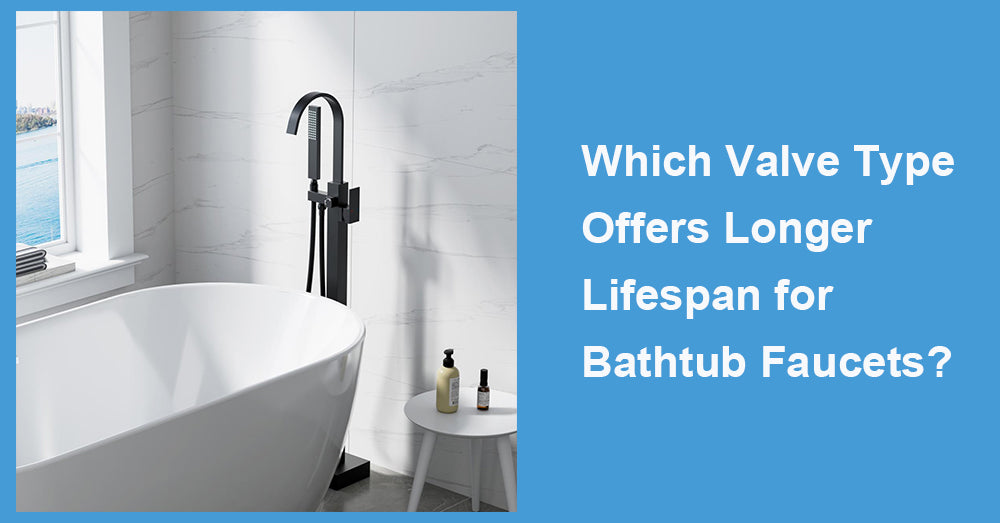
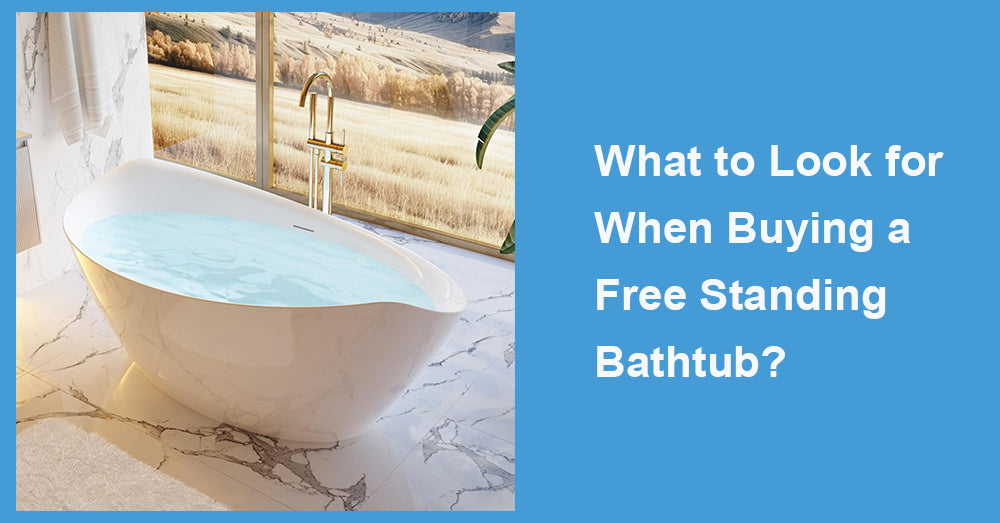
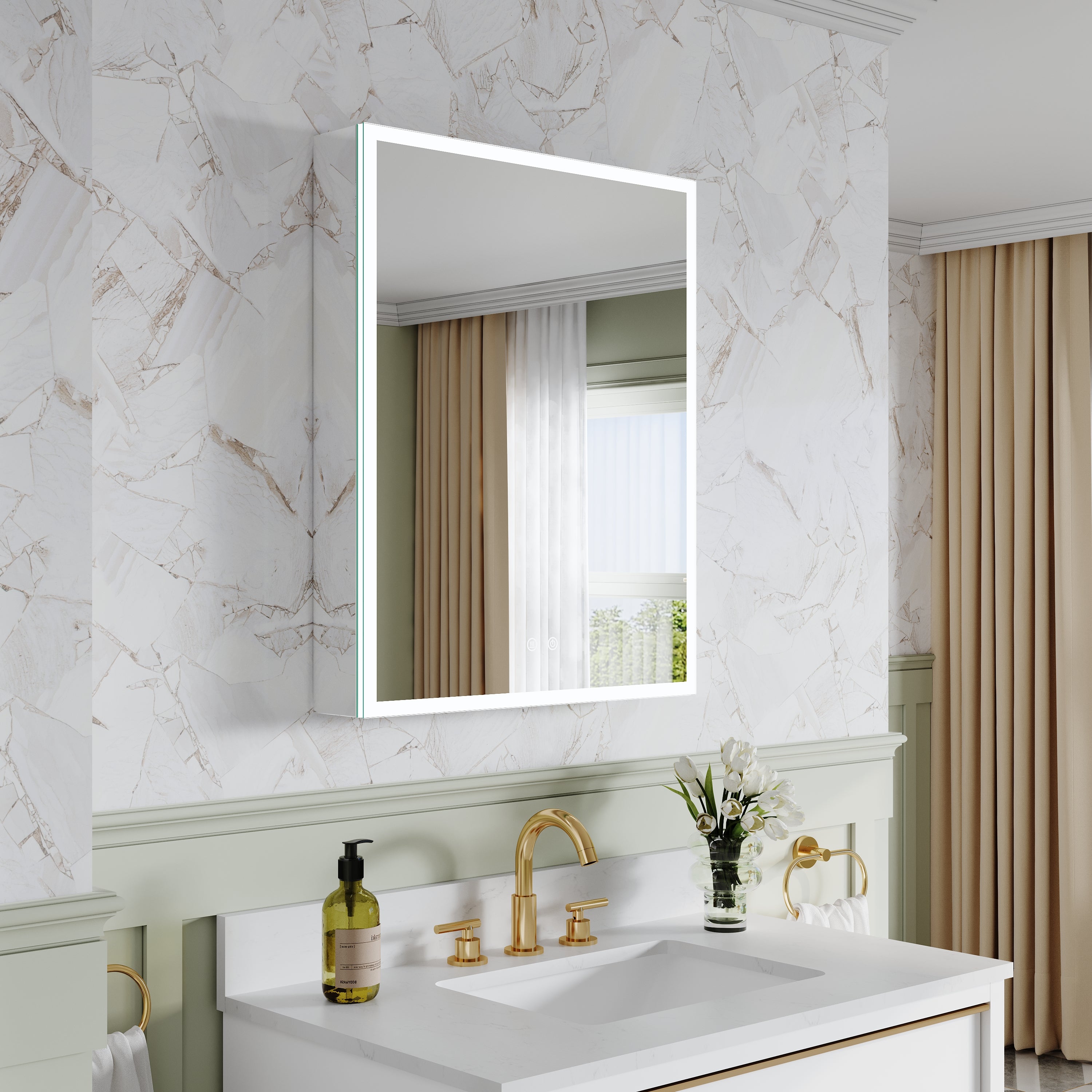
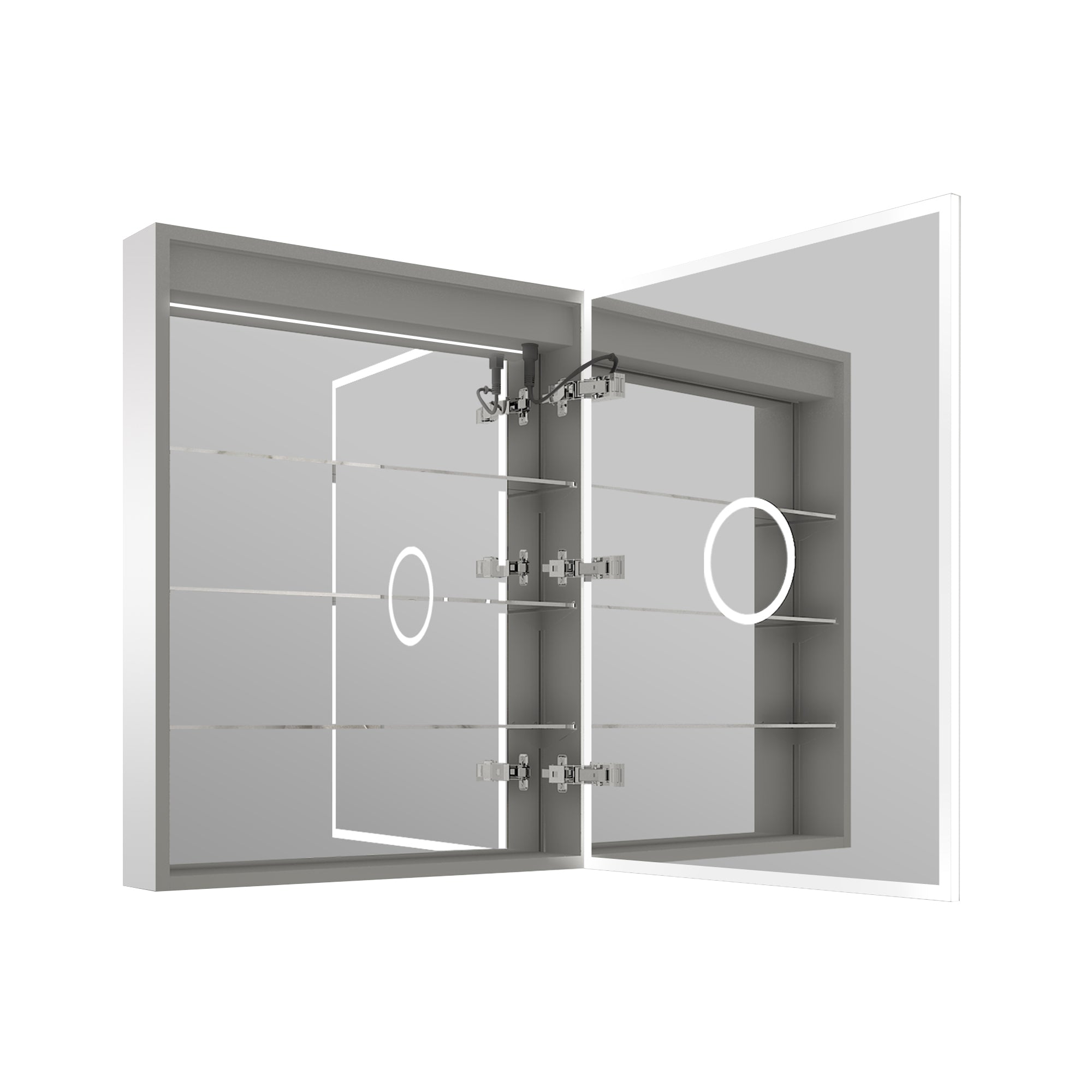
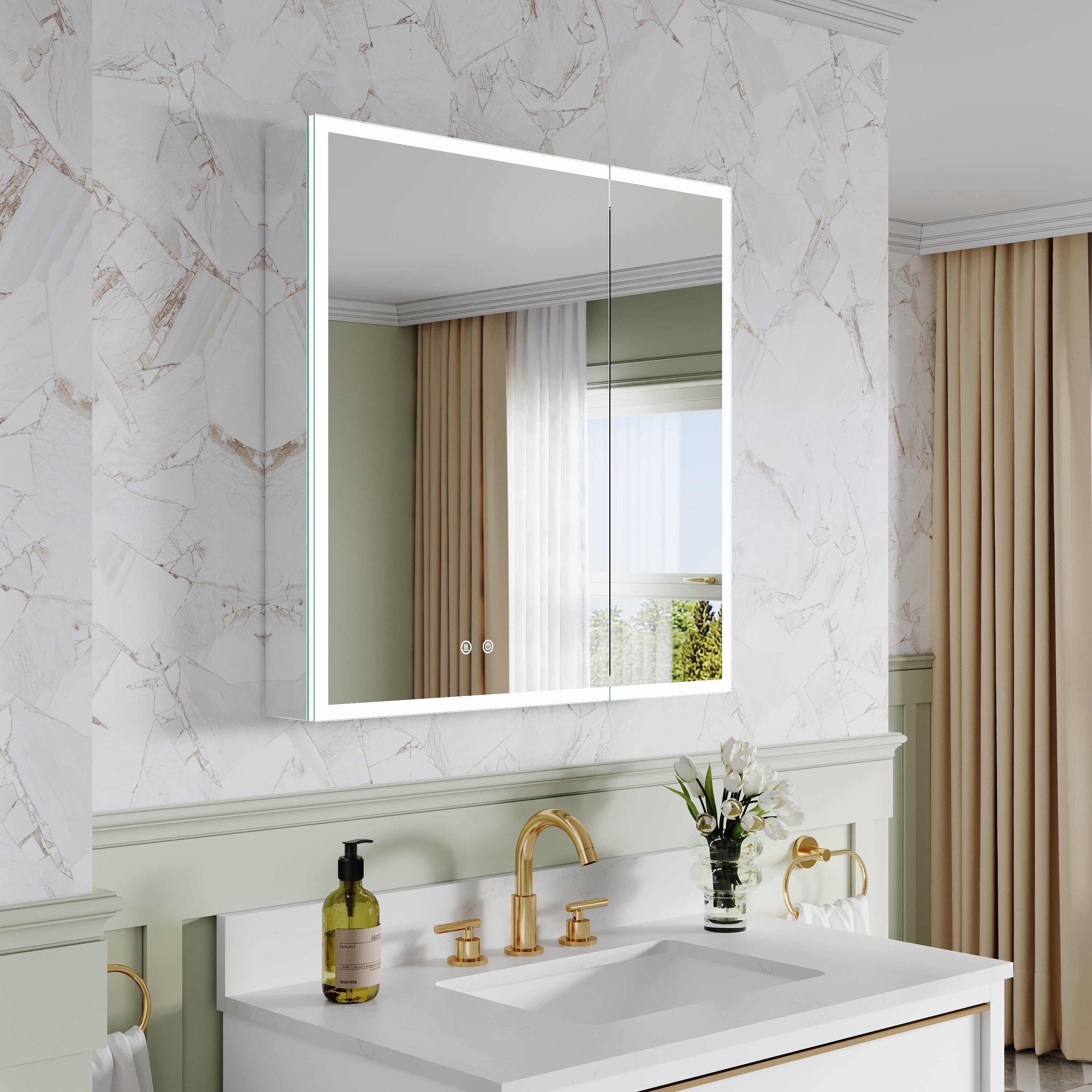
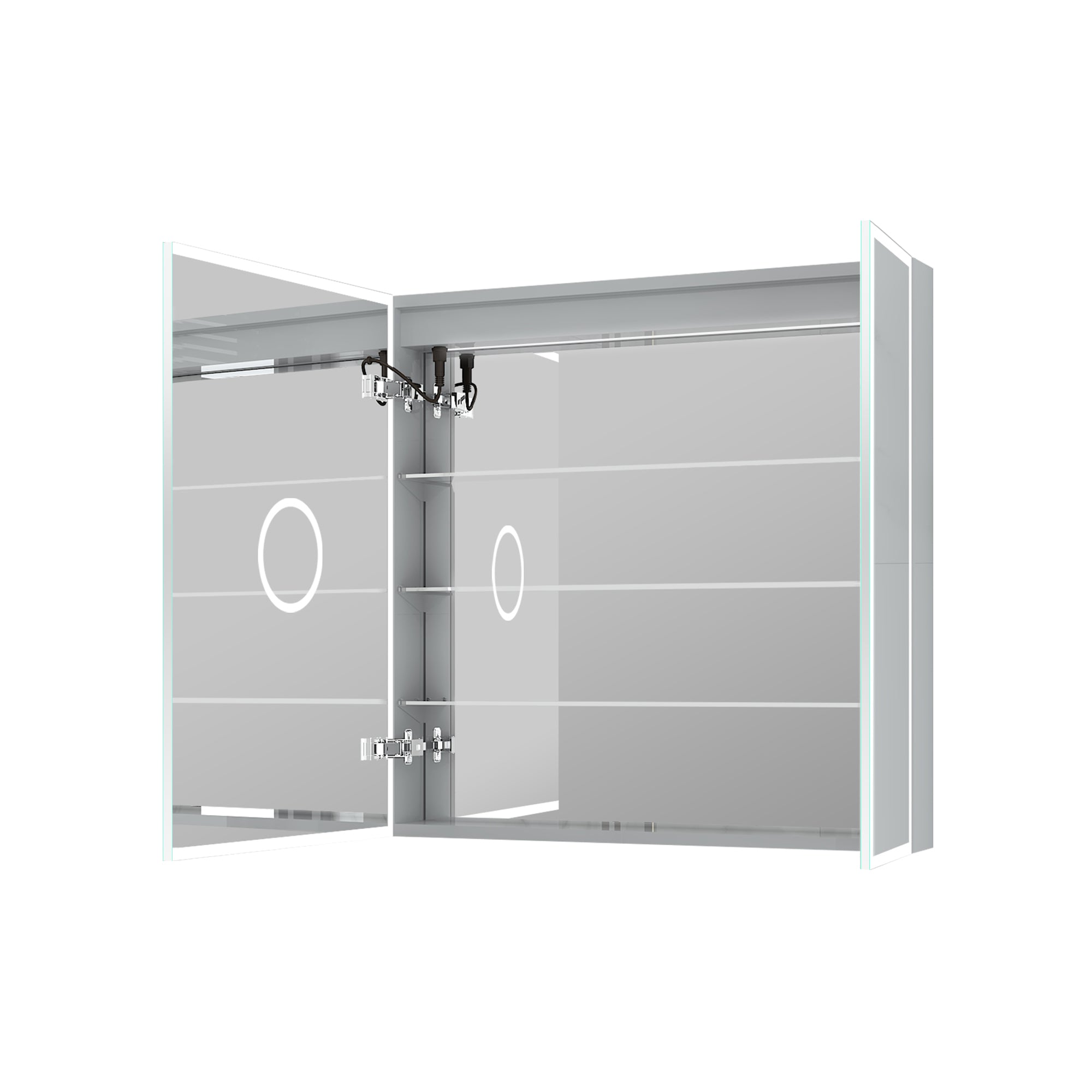
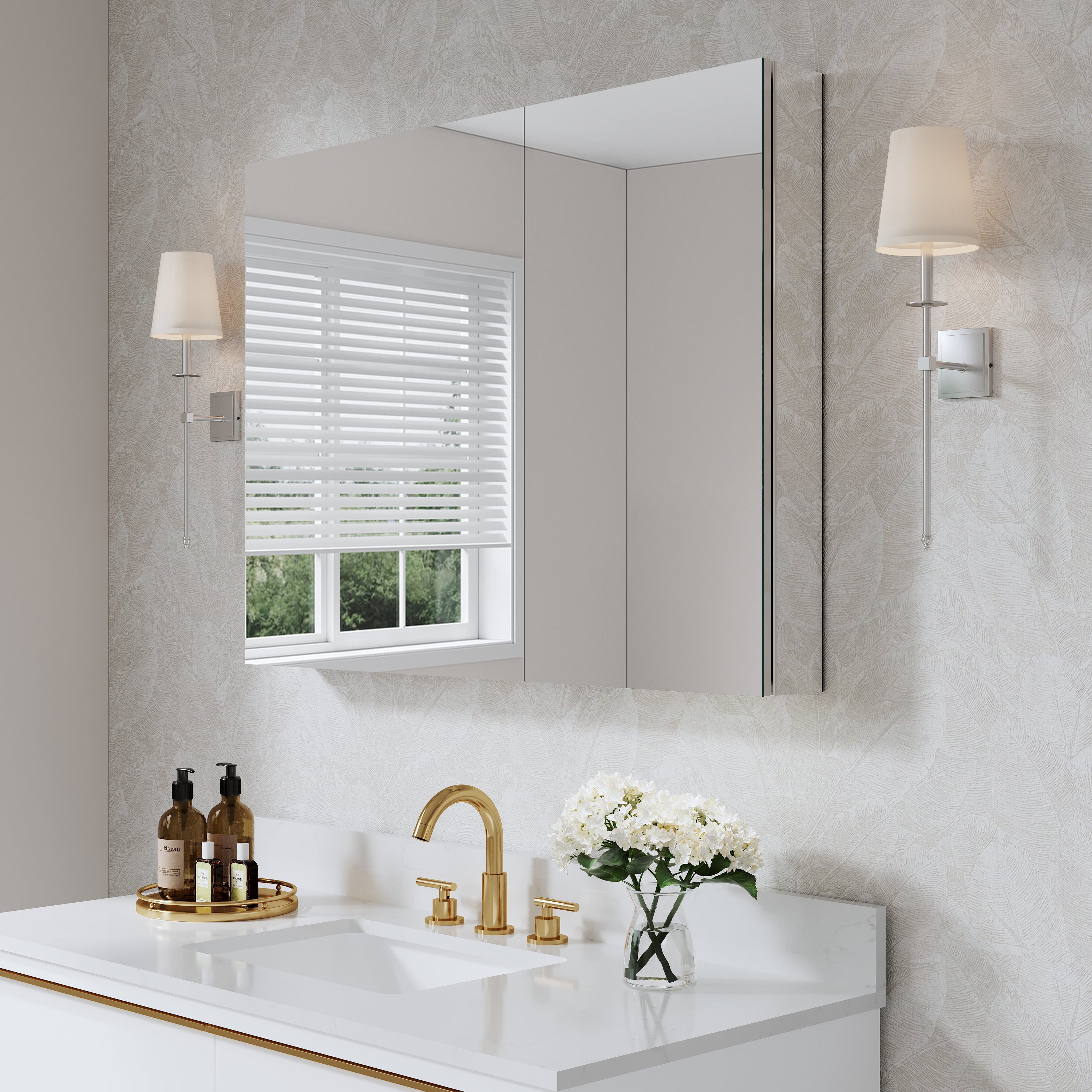

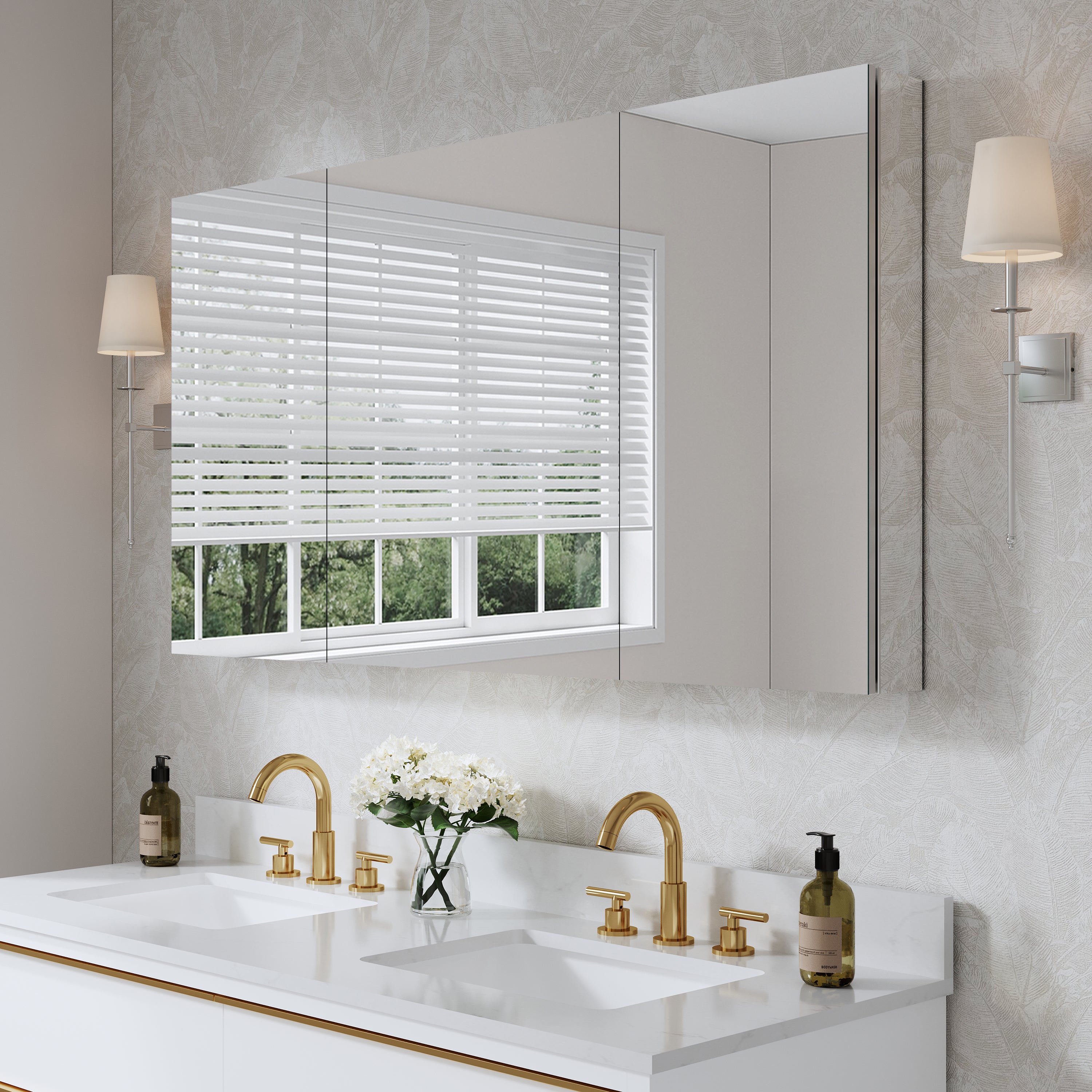

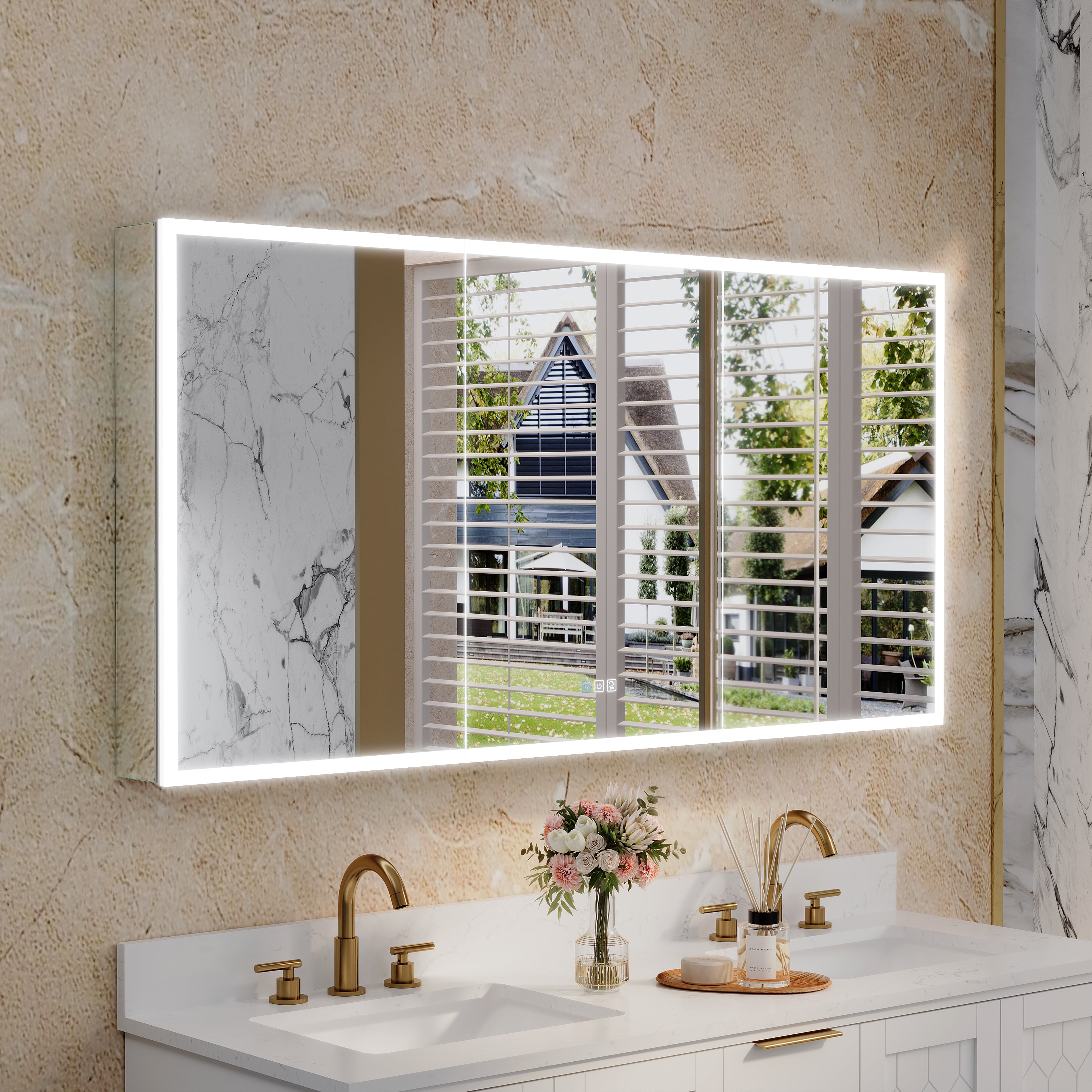

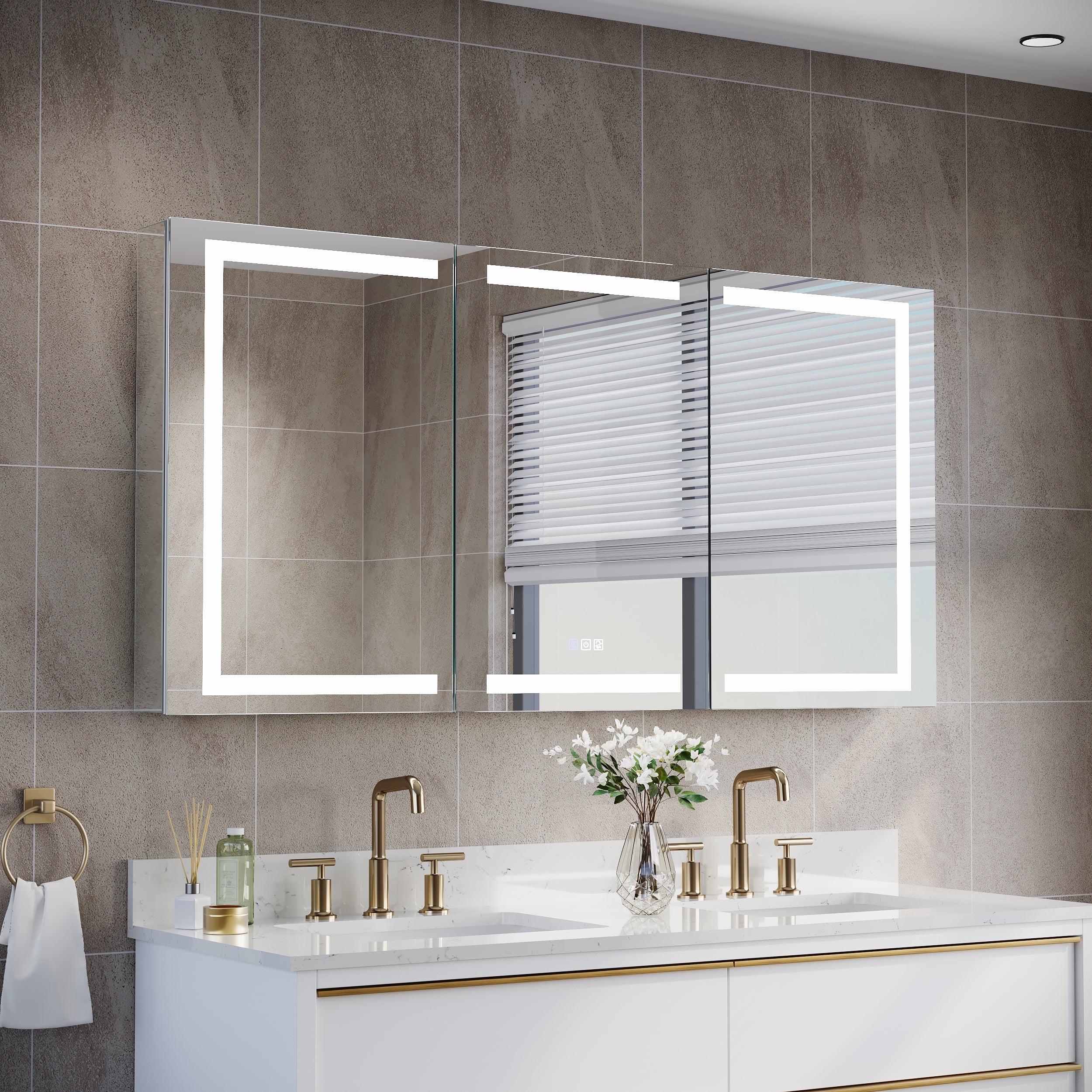


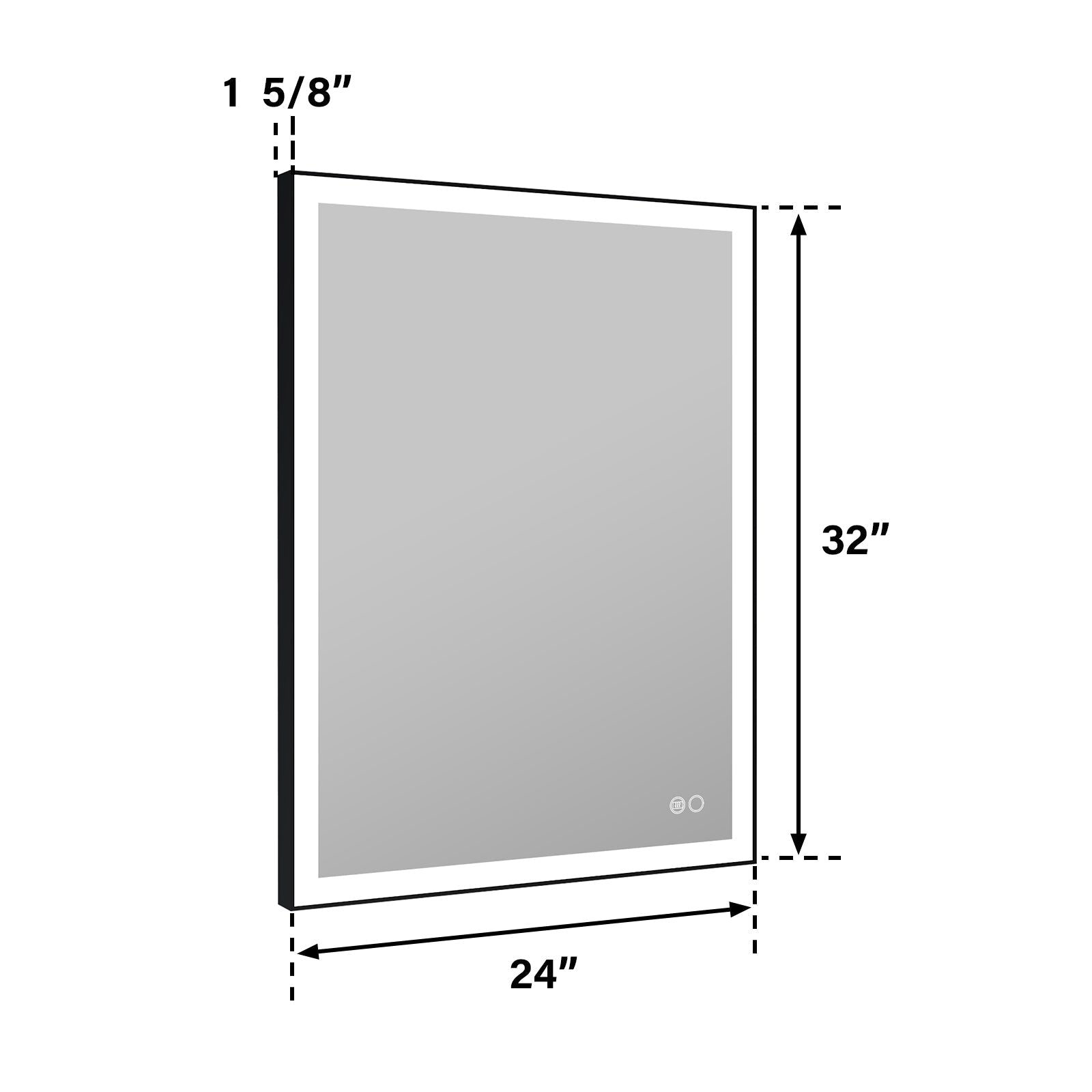
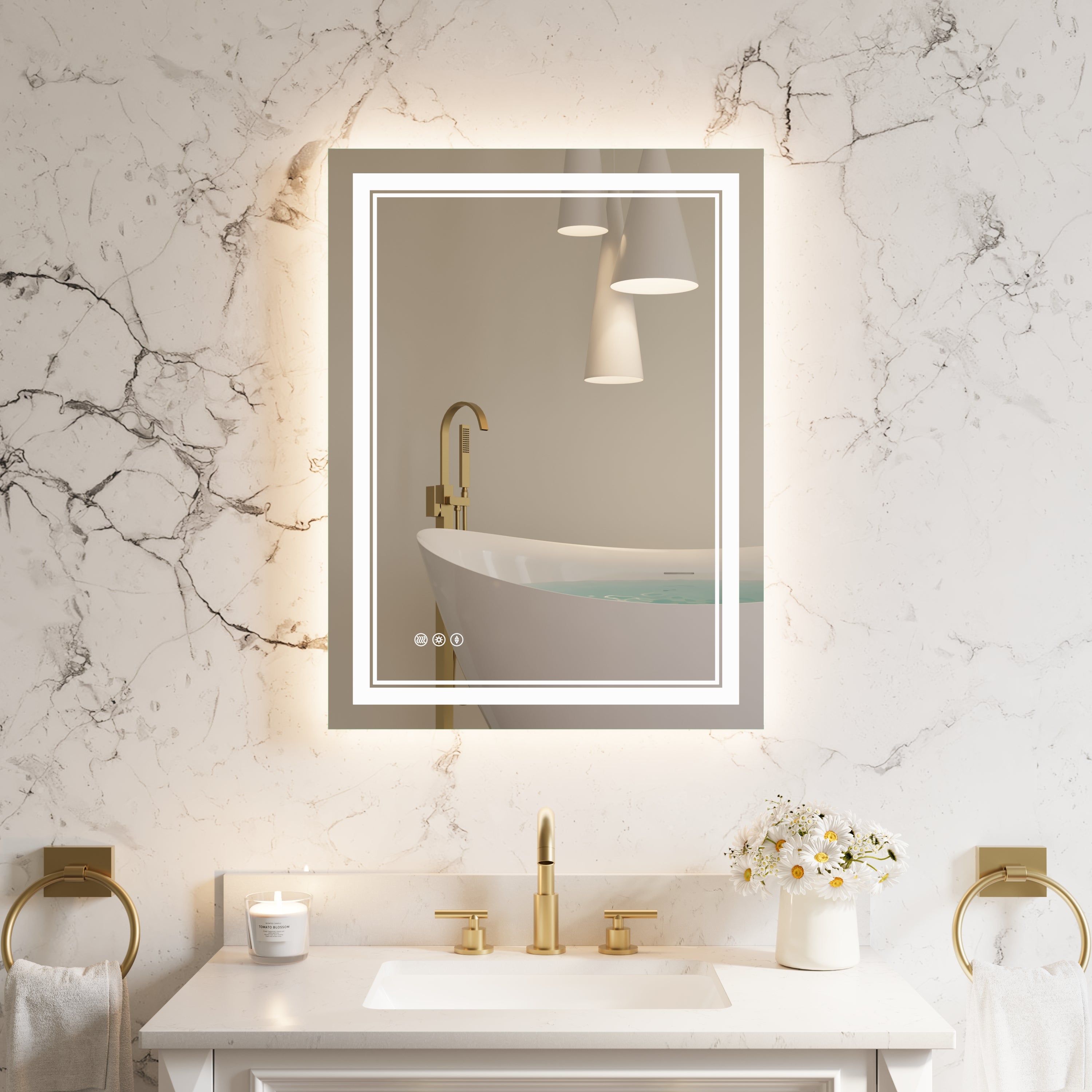
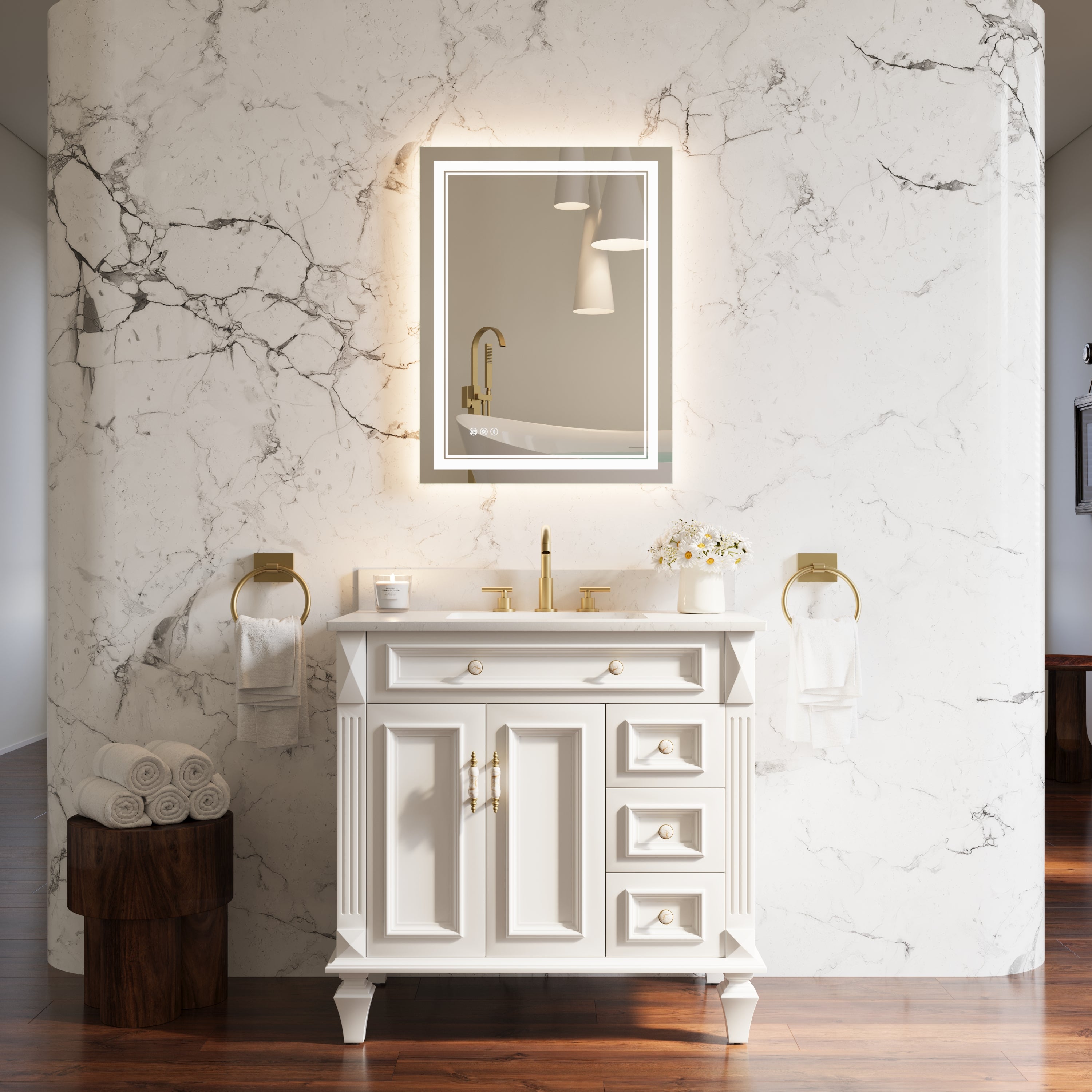
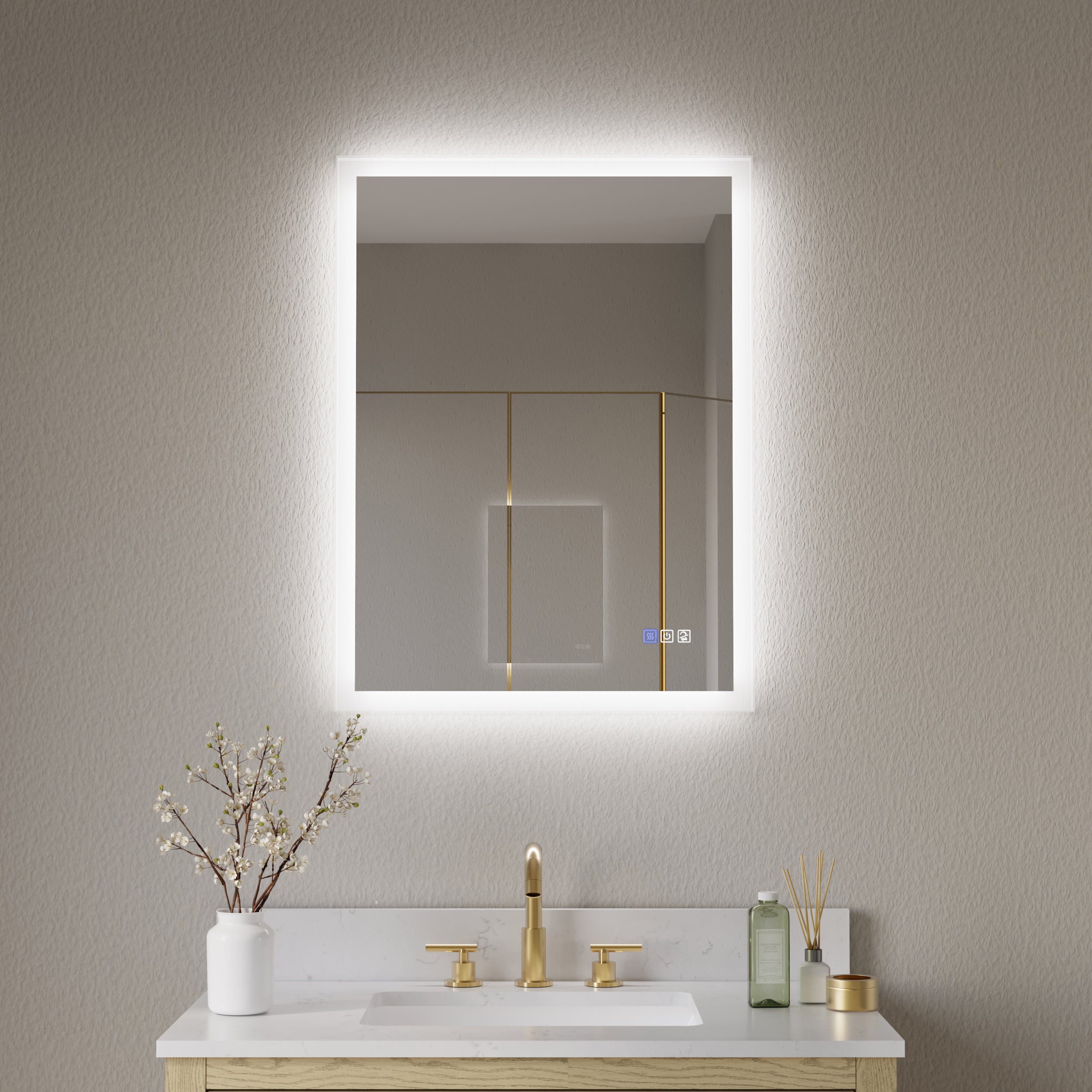

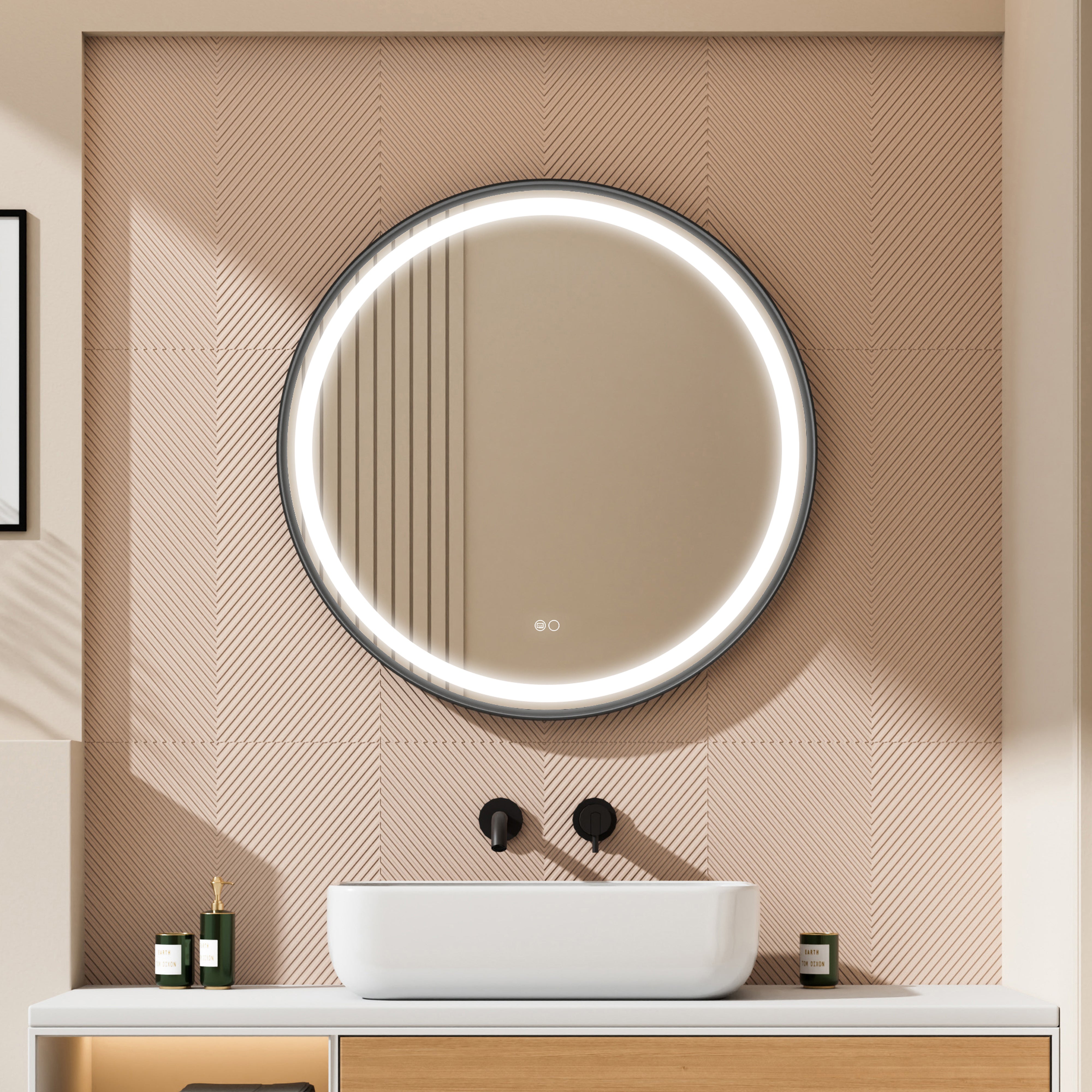
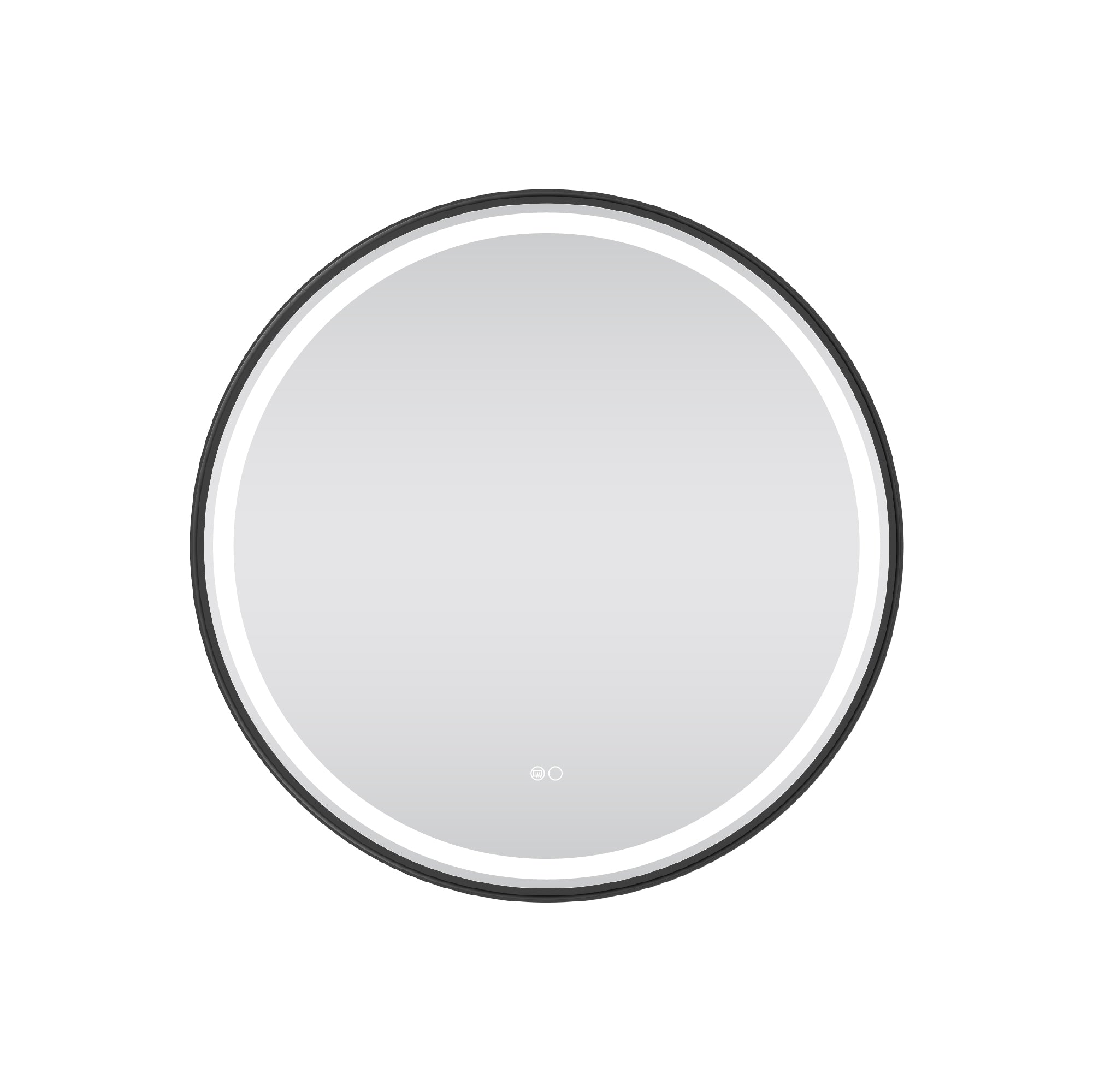


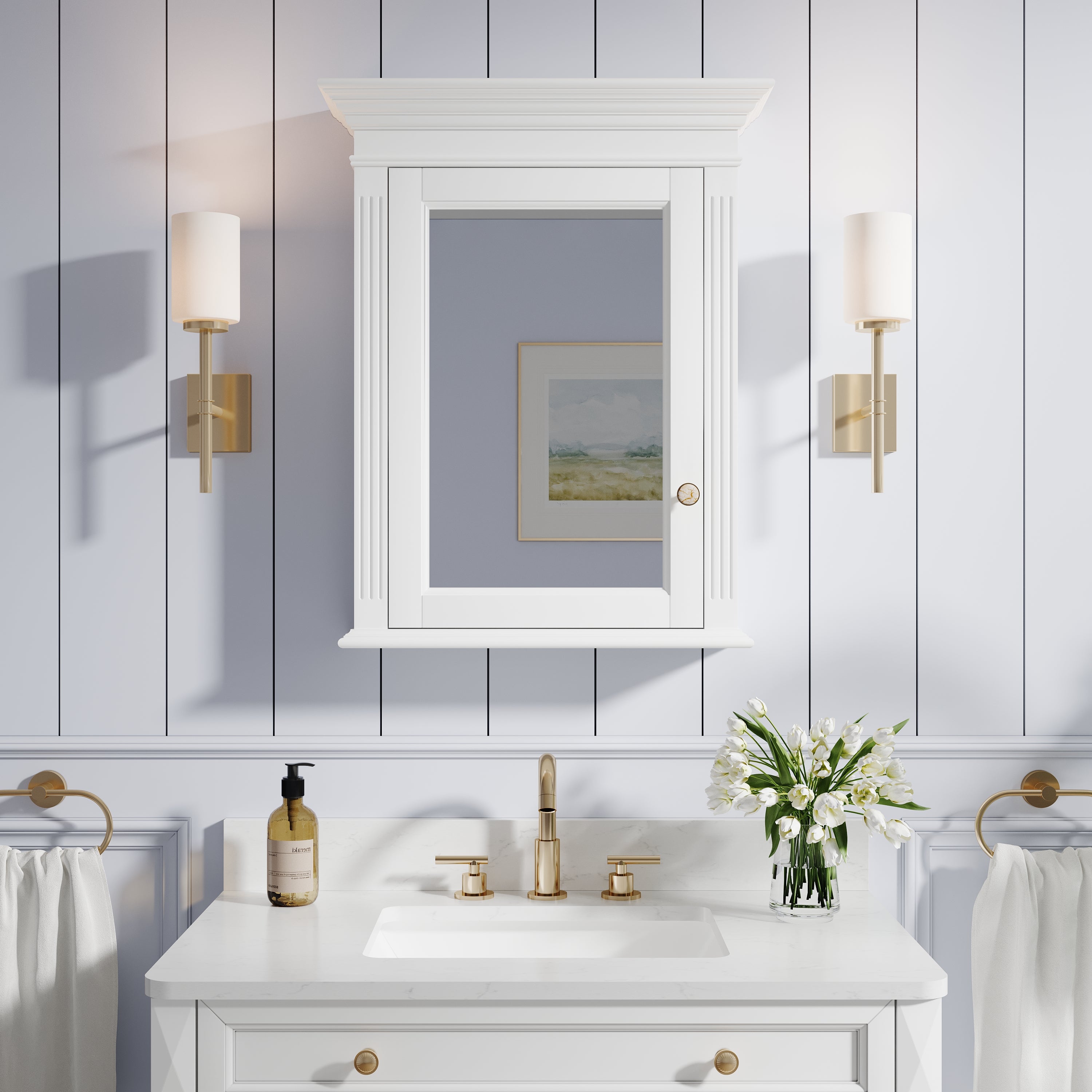
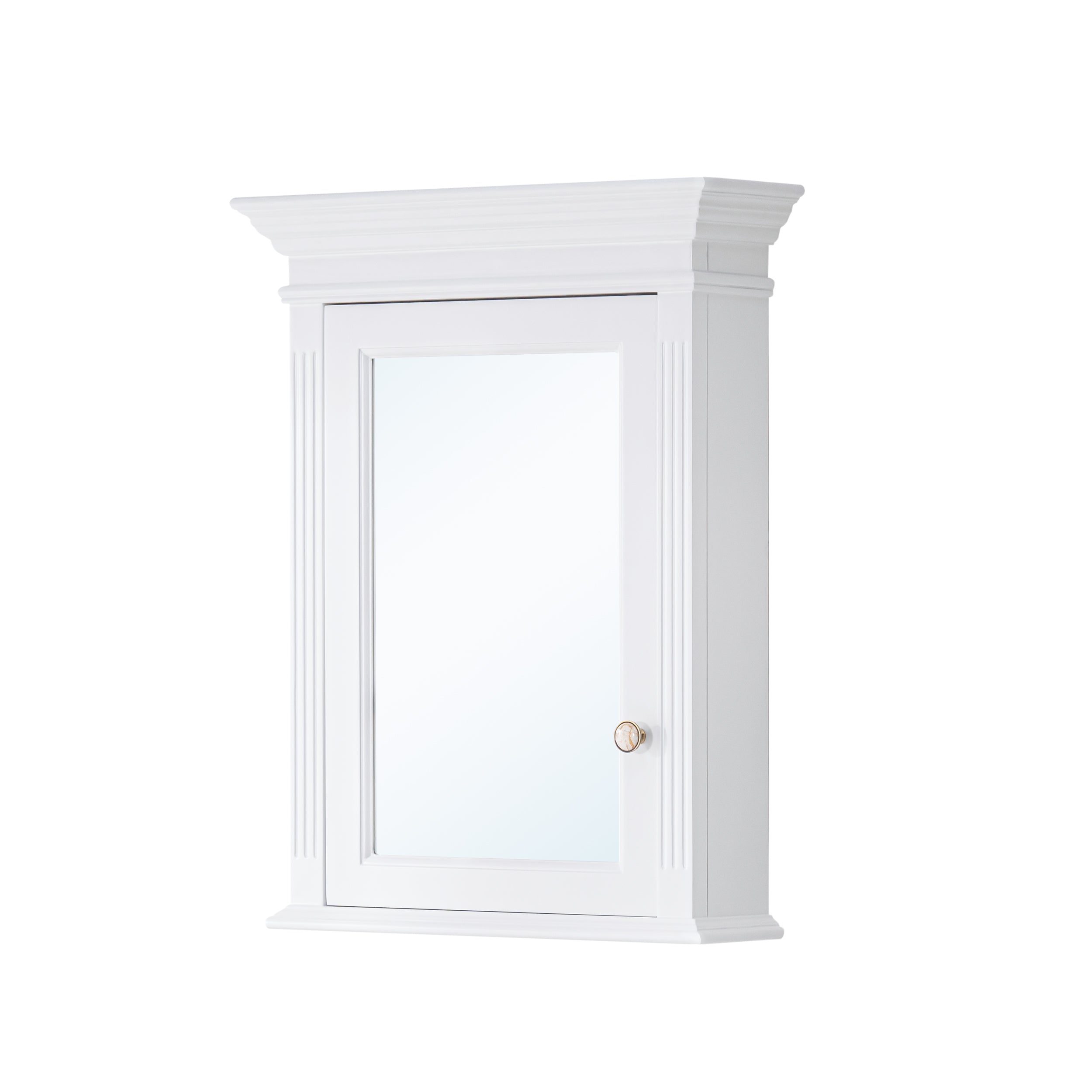
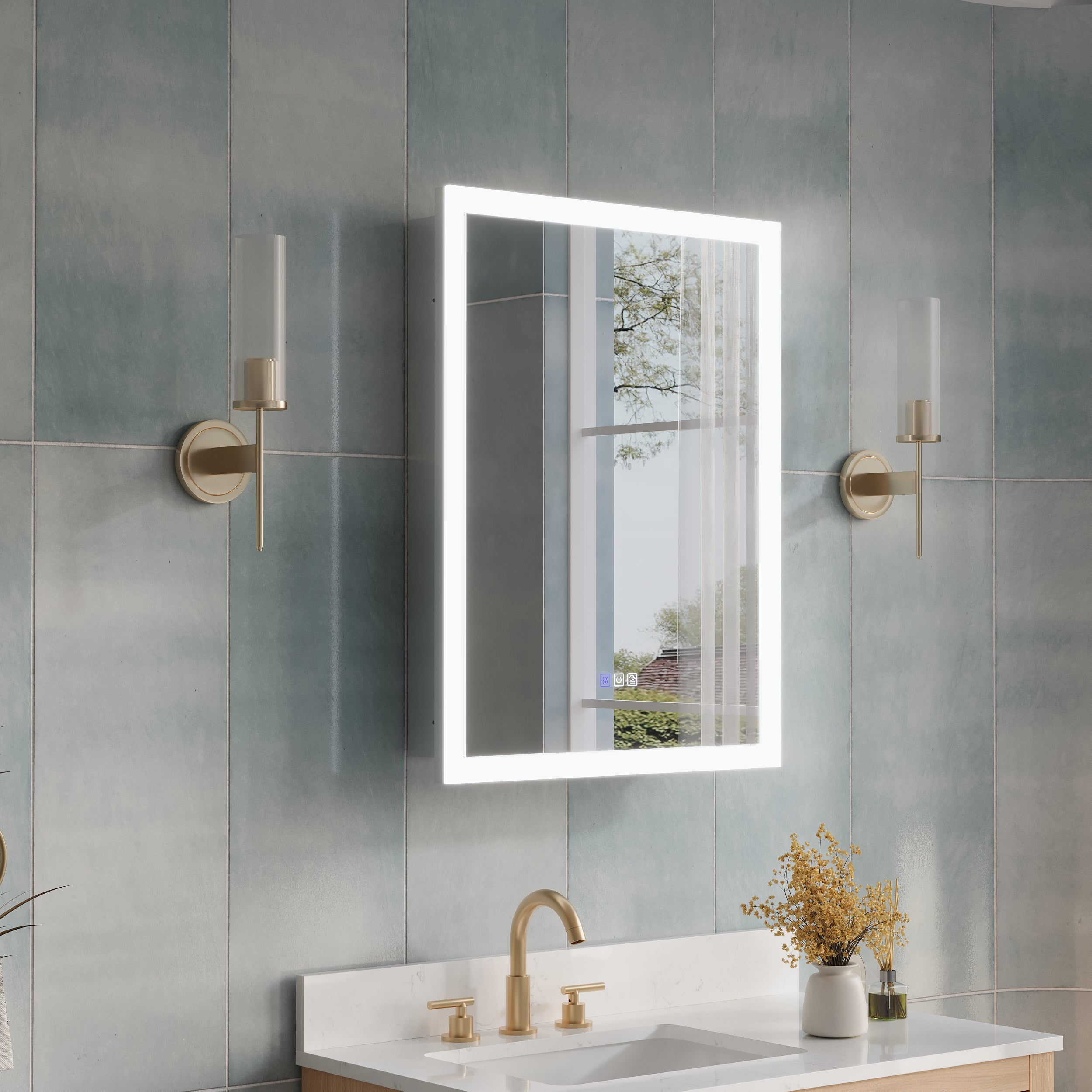
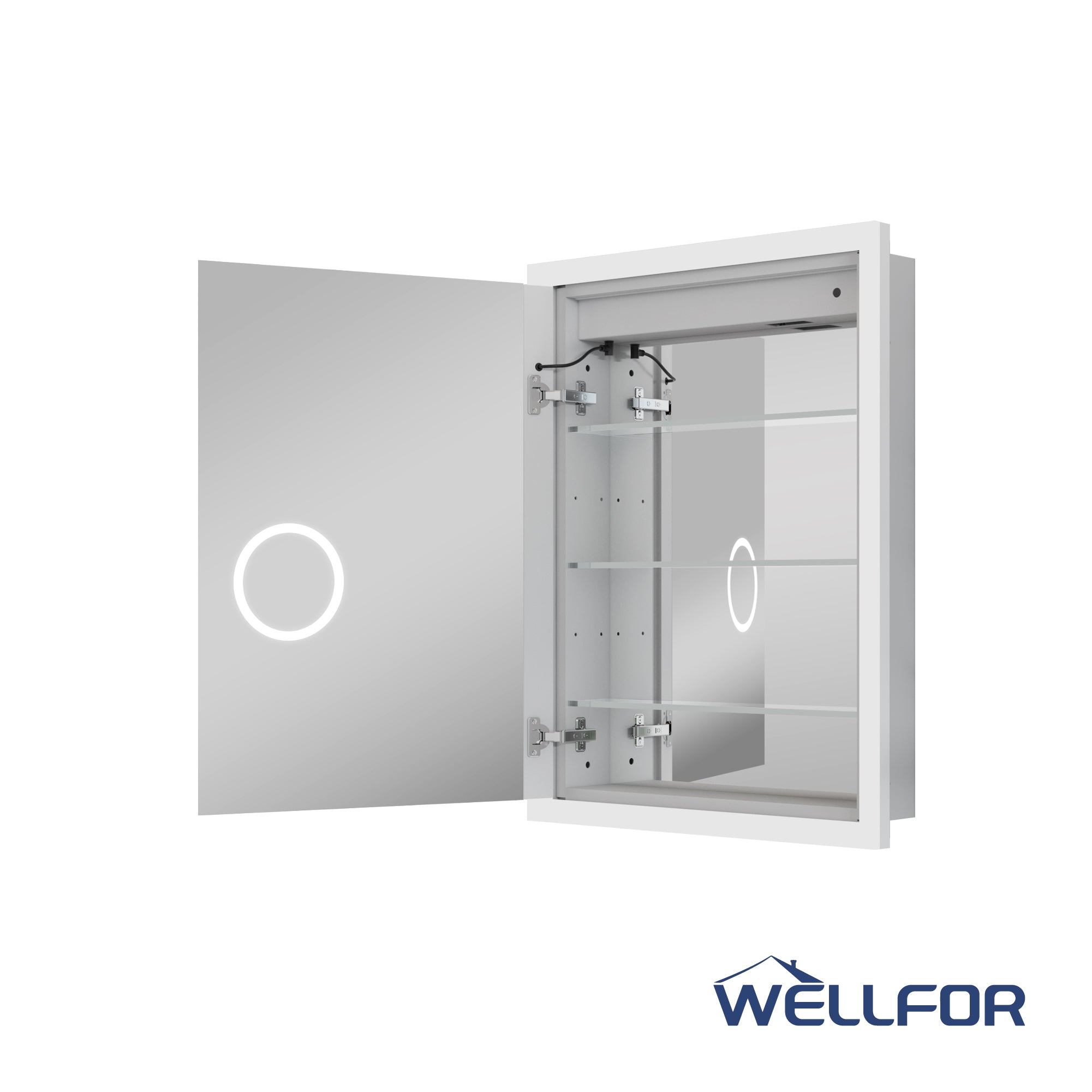
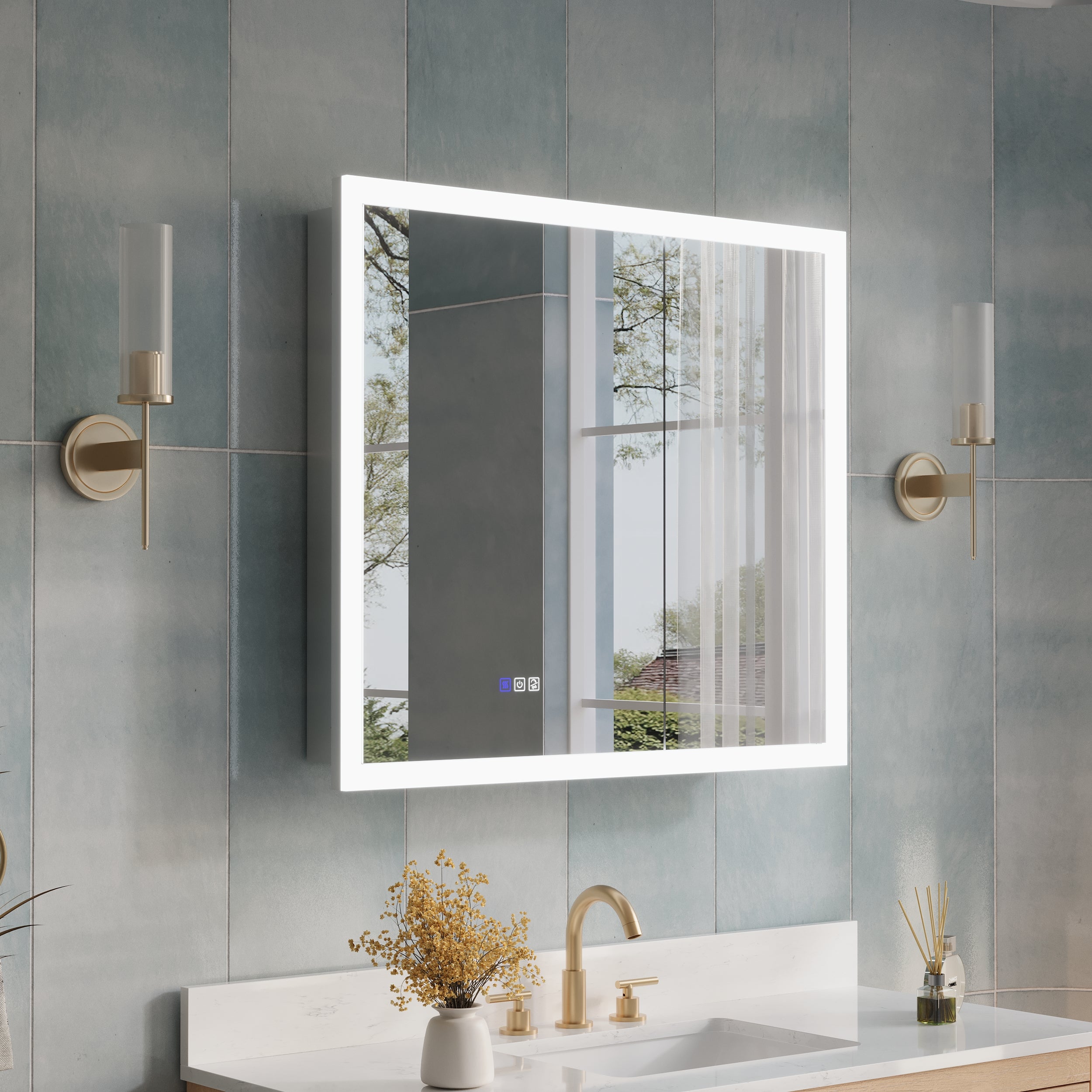




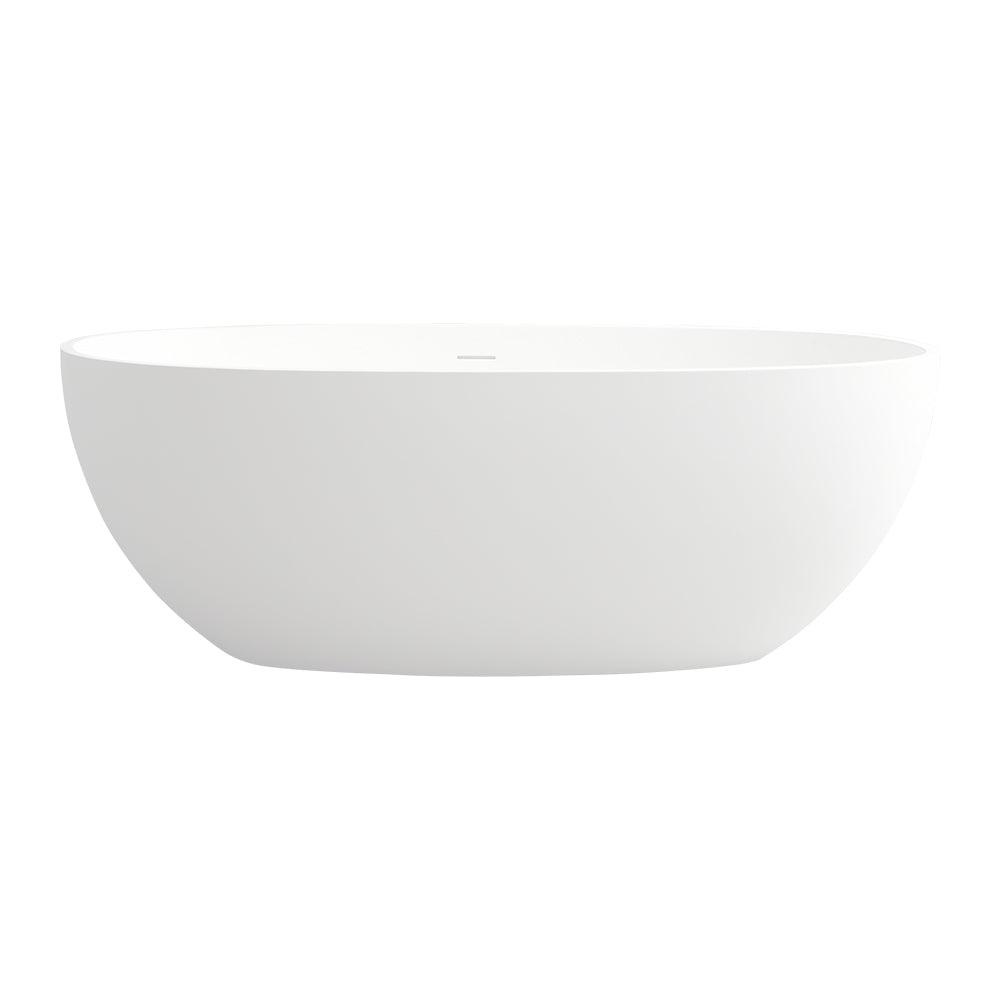
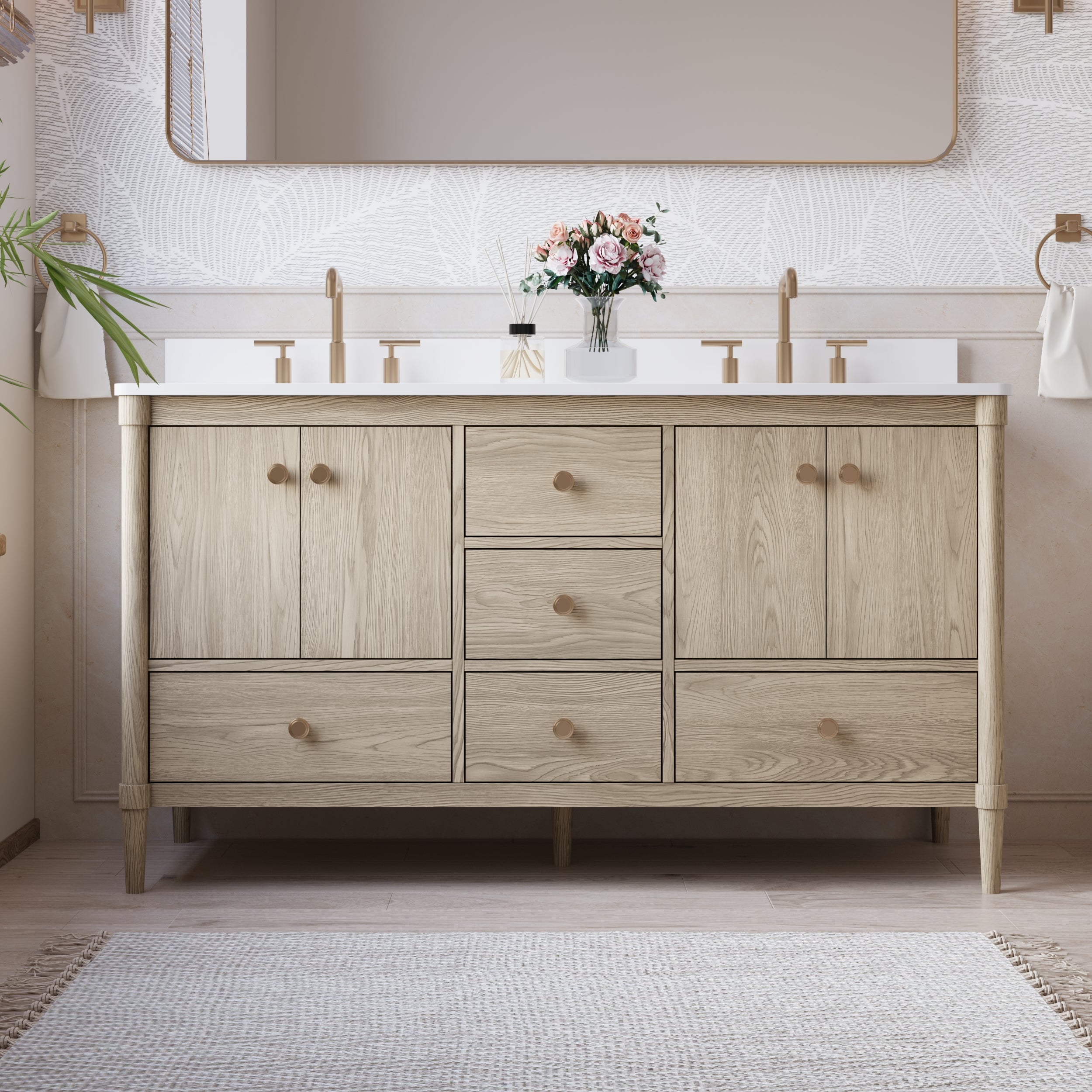
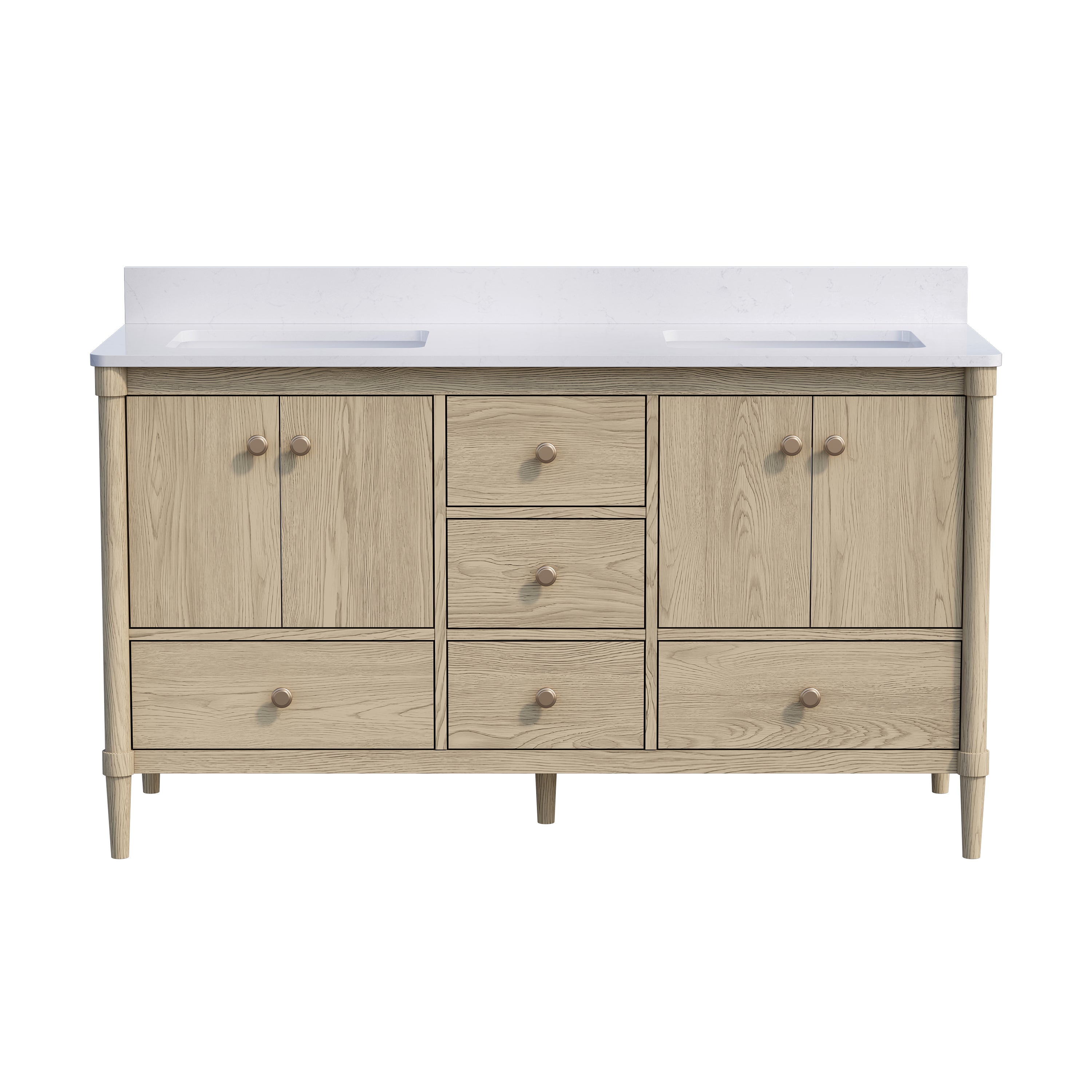
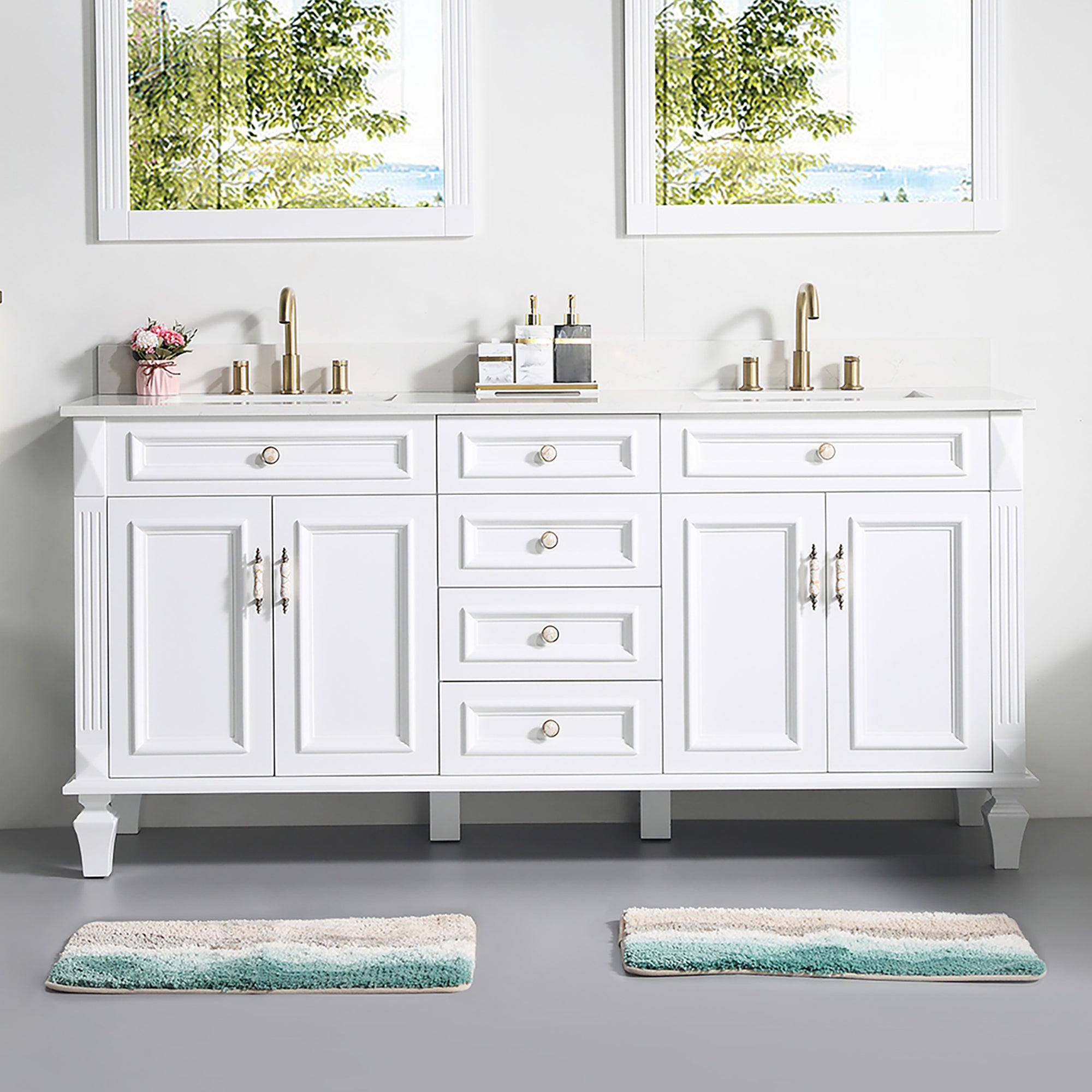

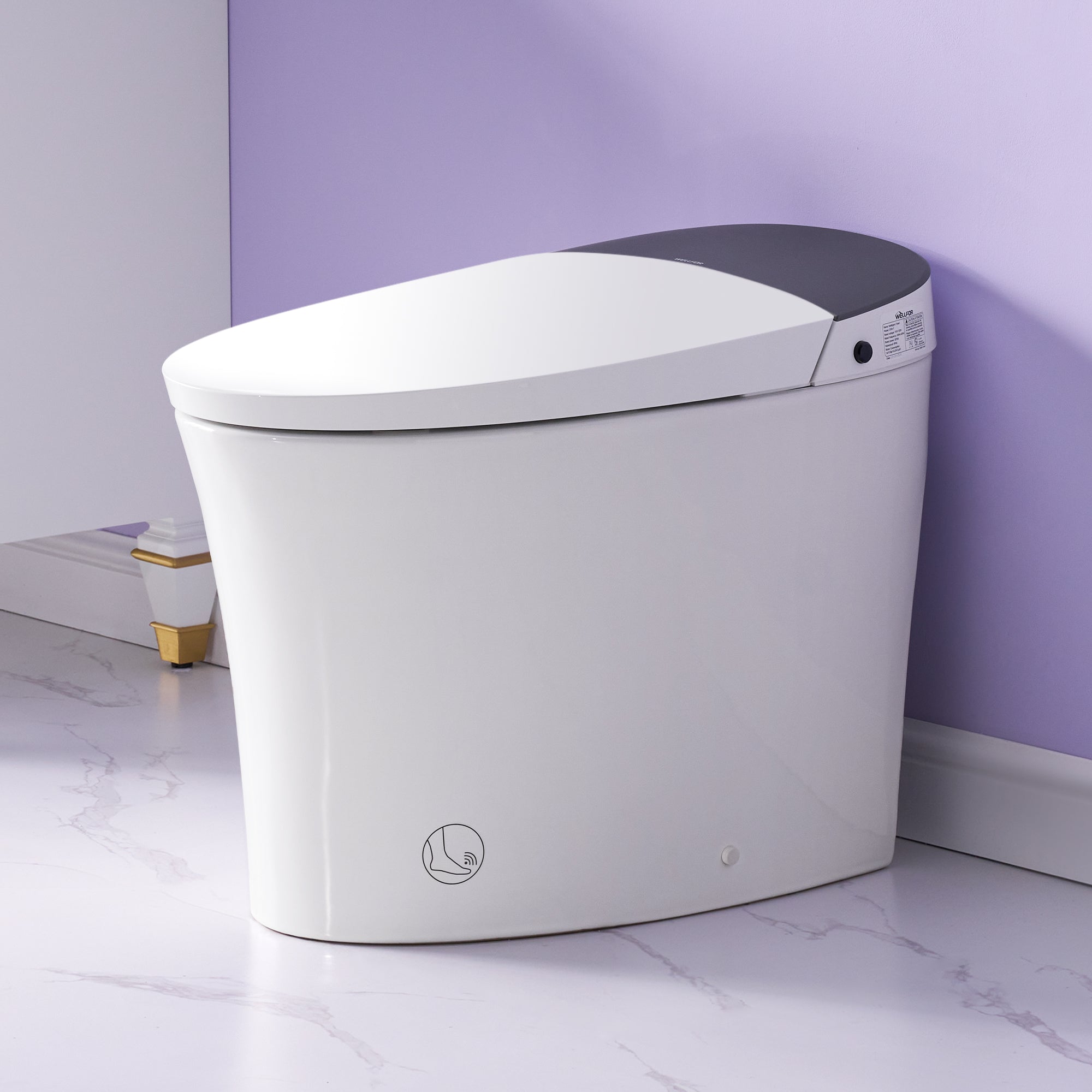
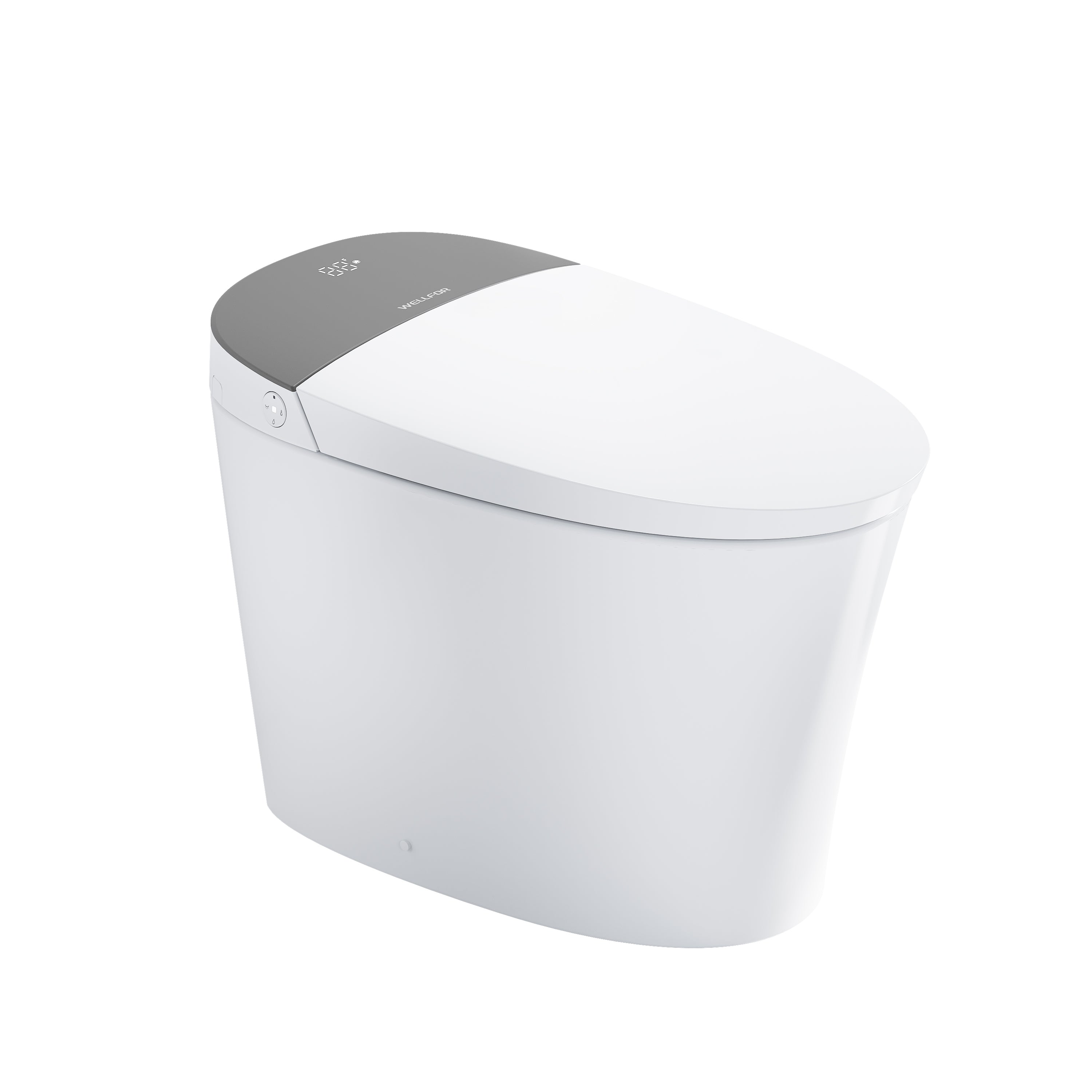

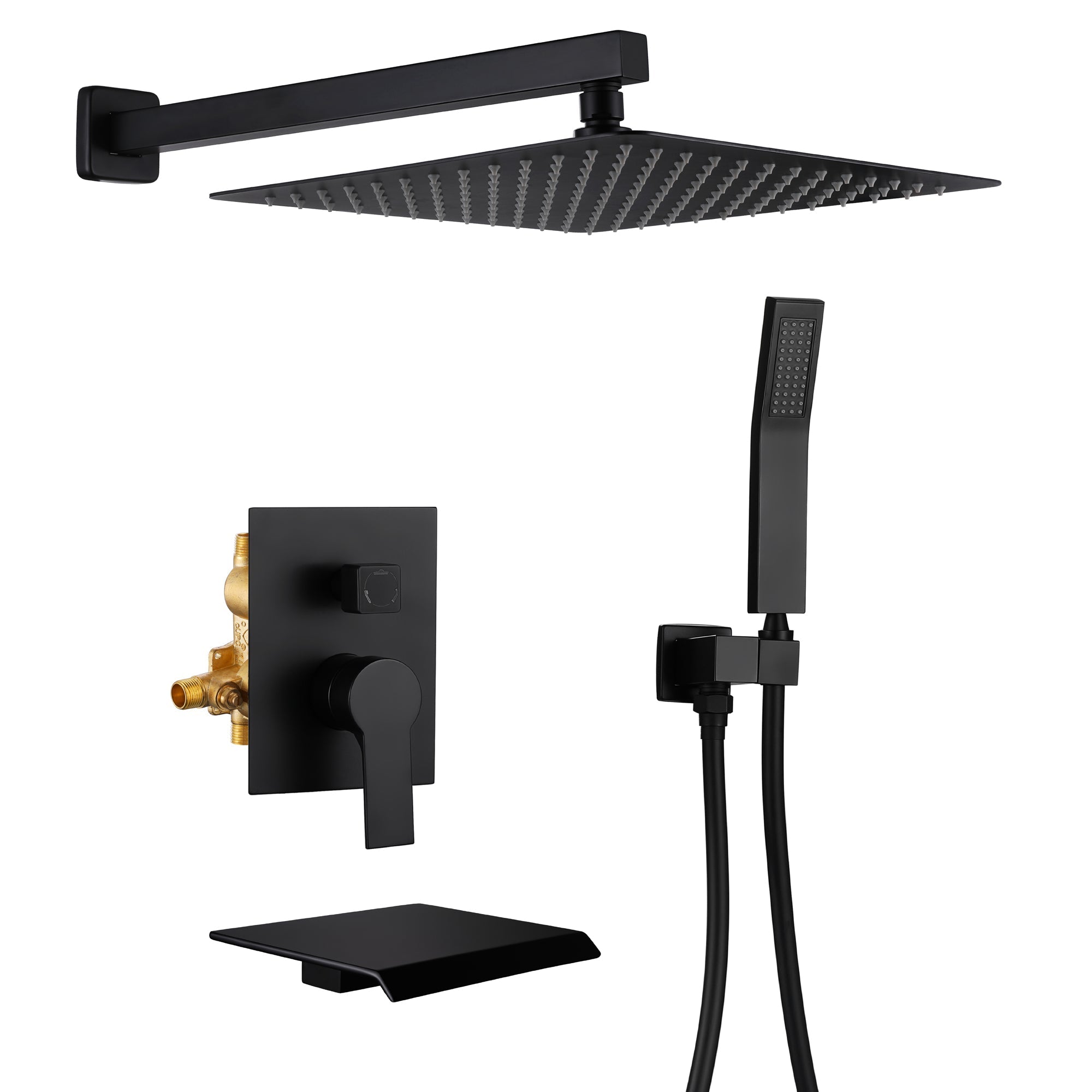
Leave a comment
This site is protected by hCaptcha and the hCaptcha Privacy Policy and Terms of Service apply.